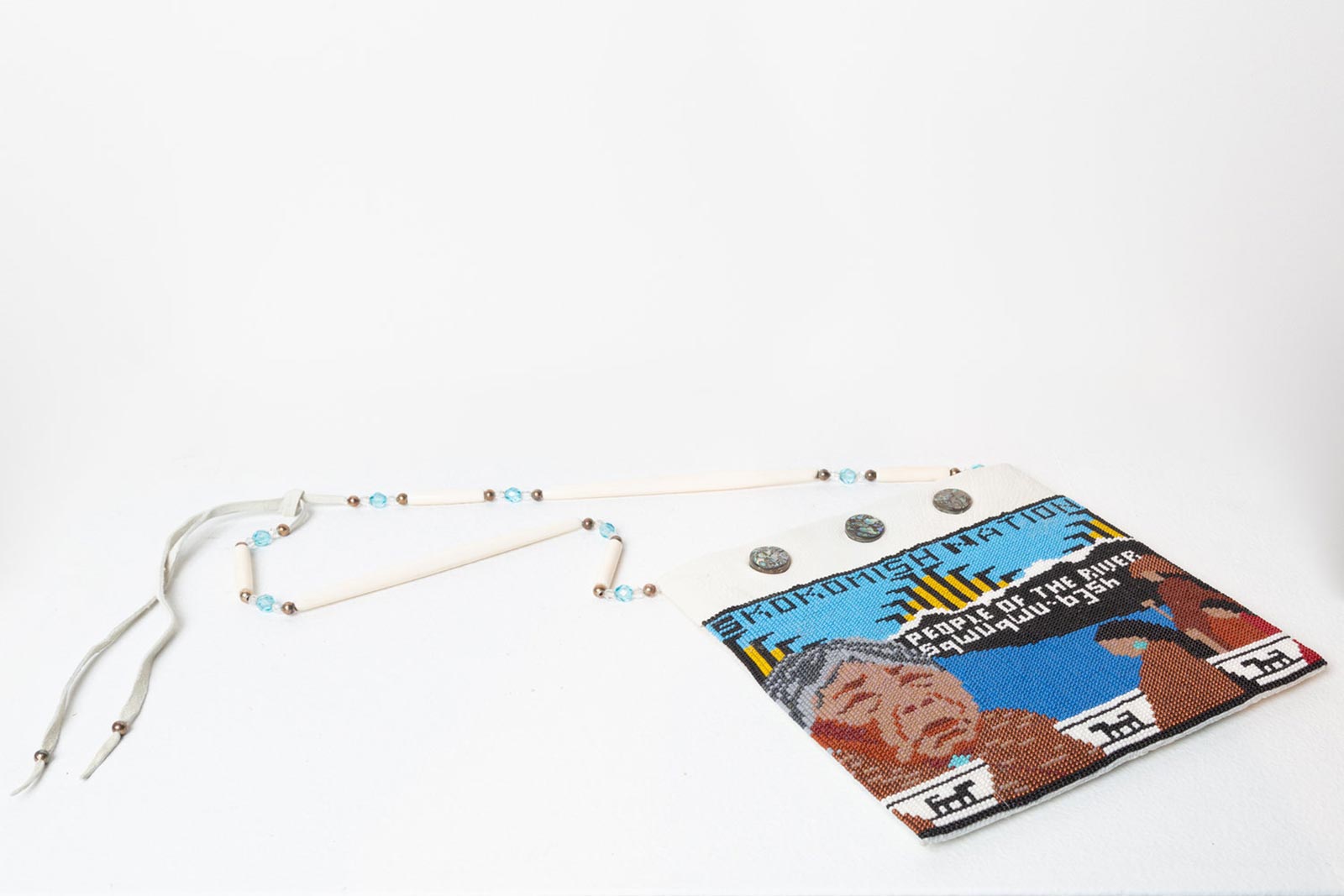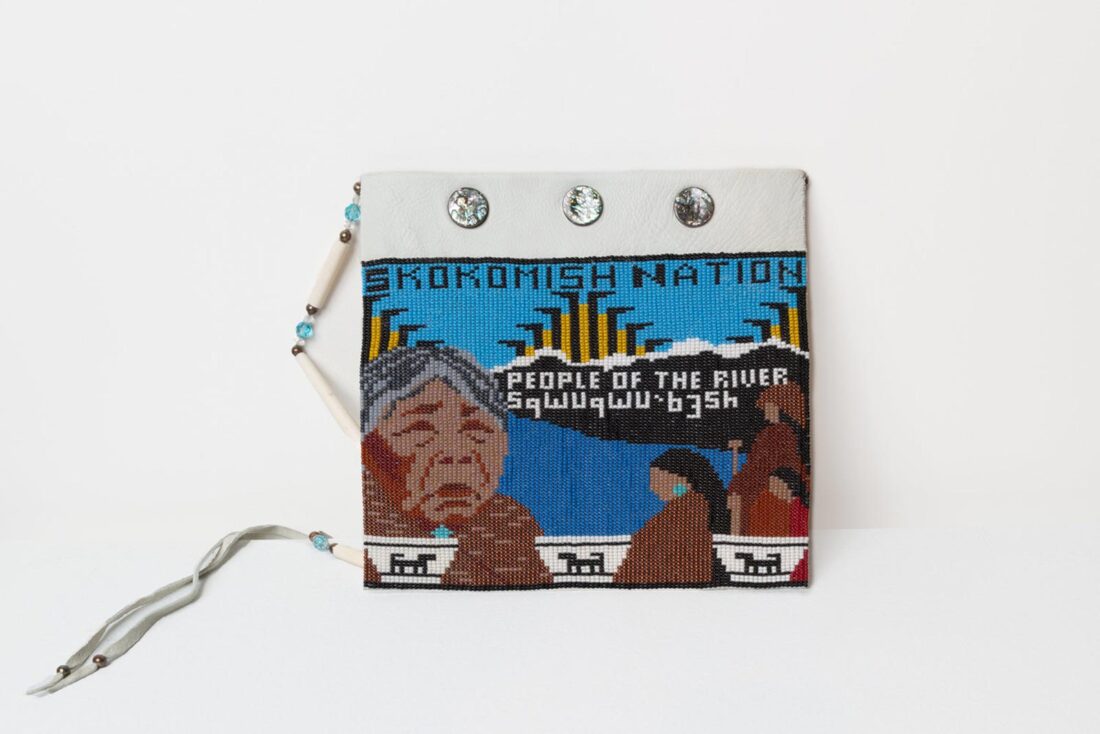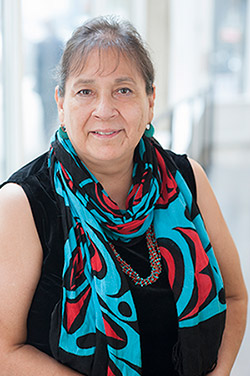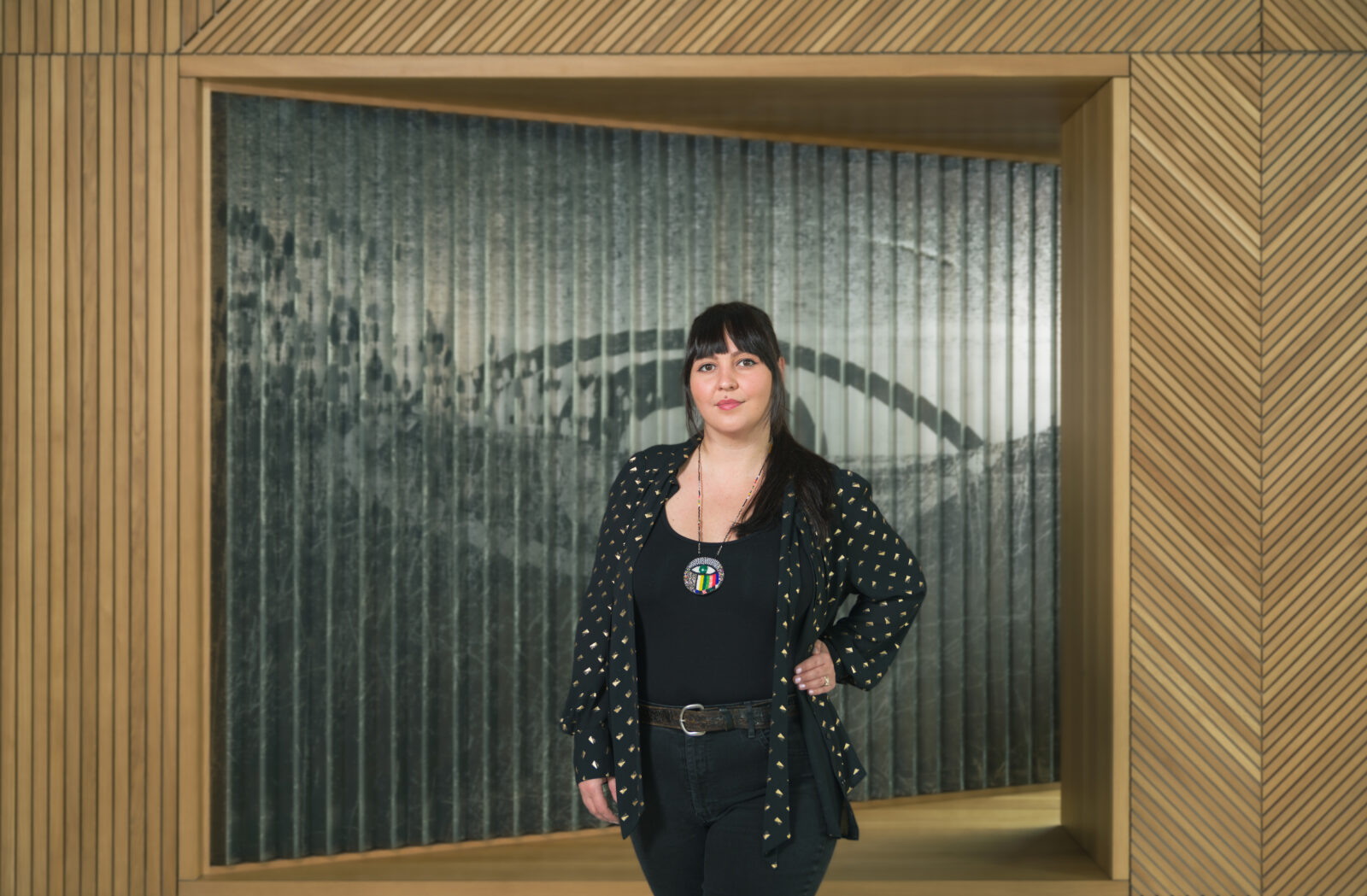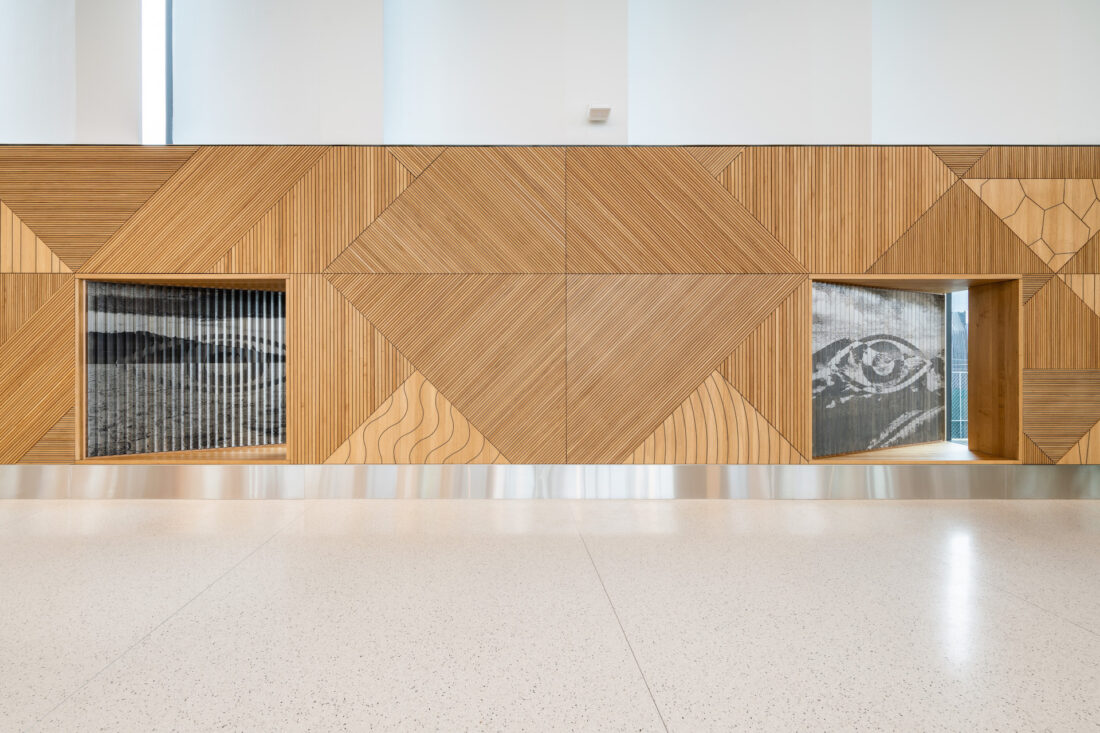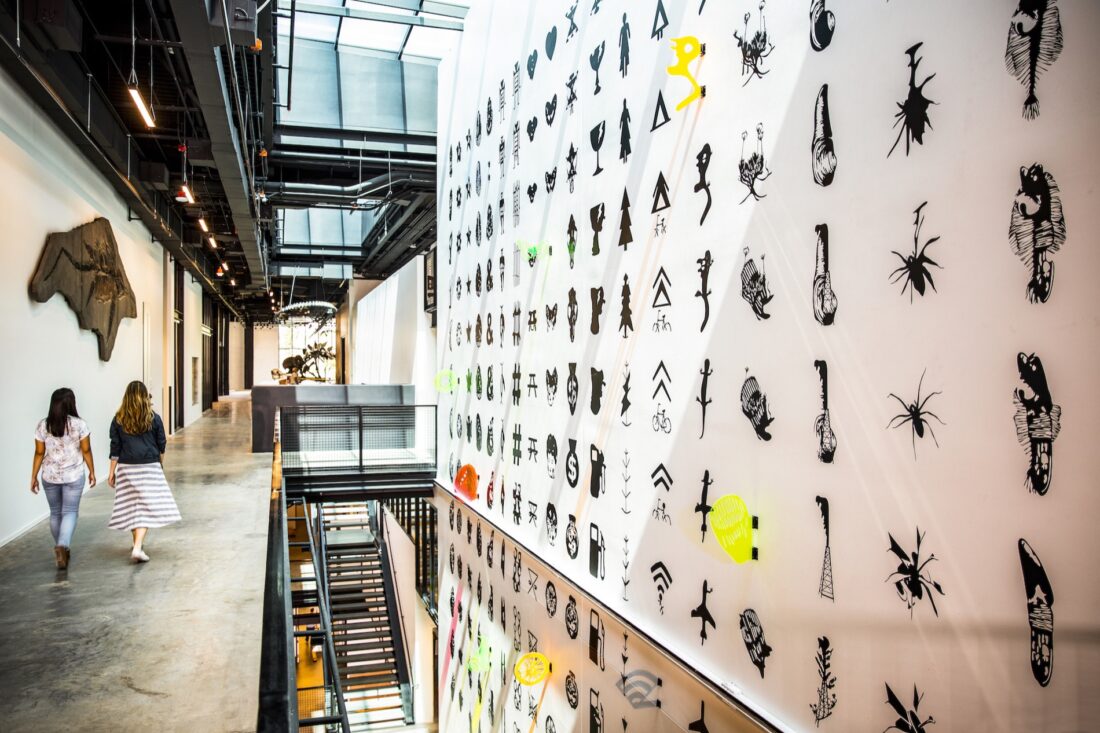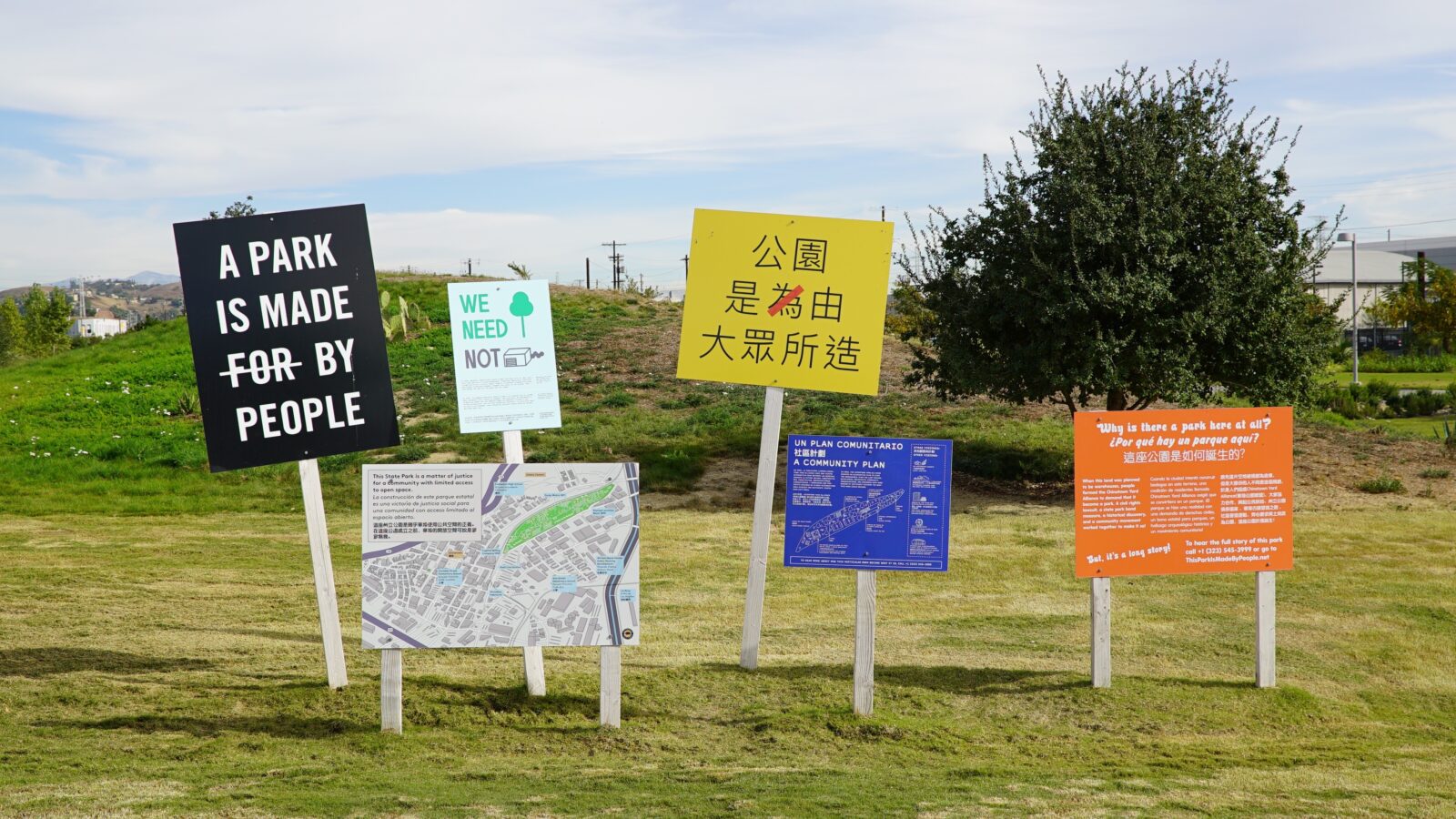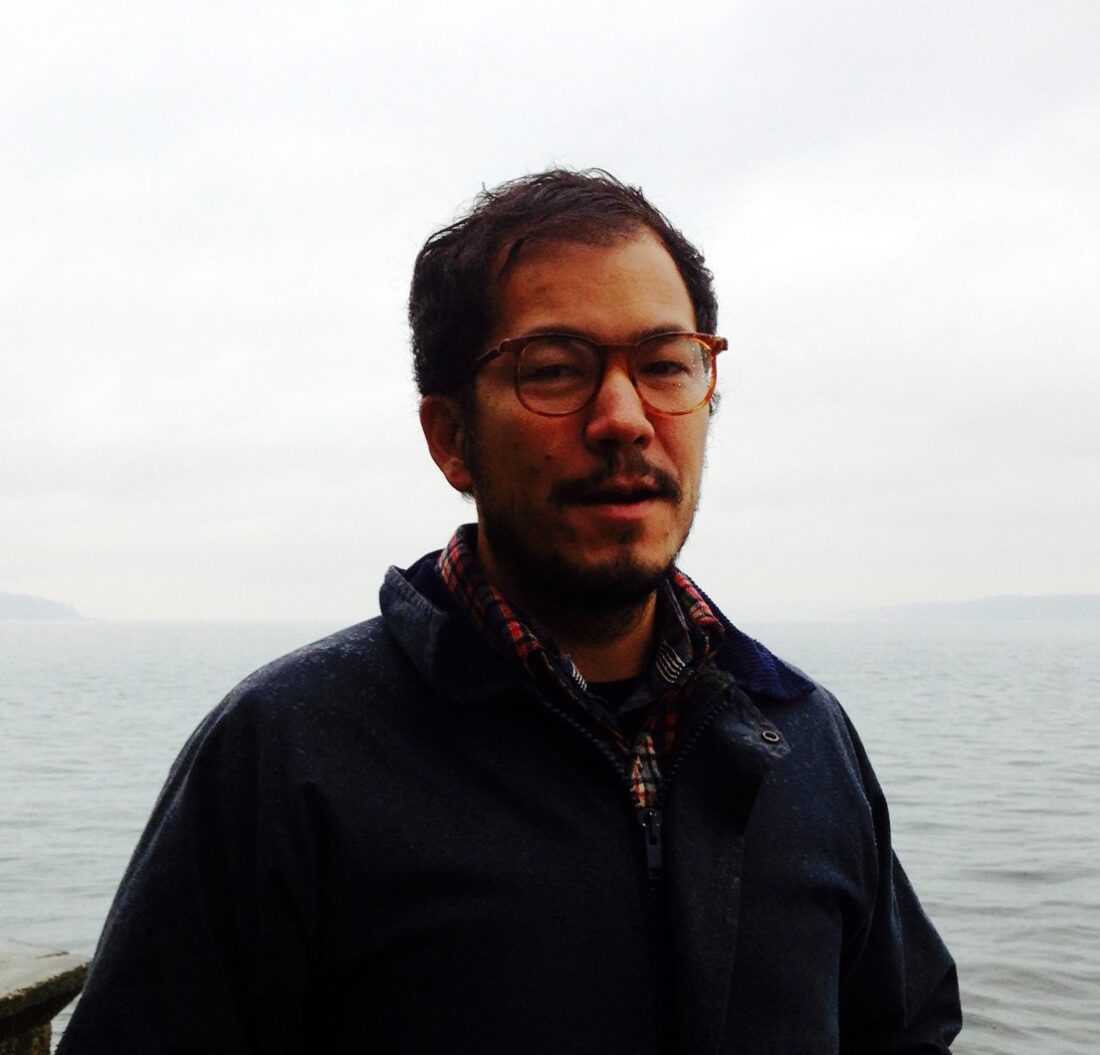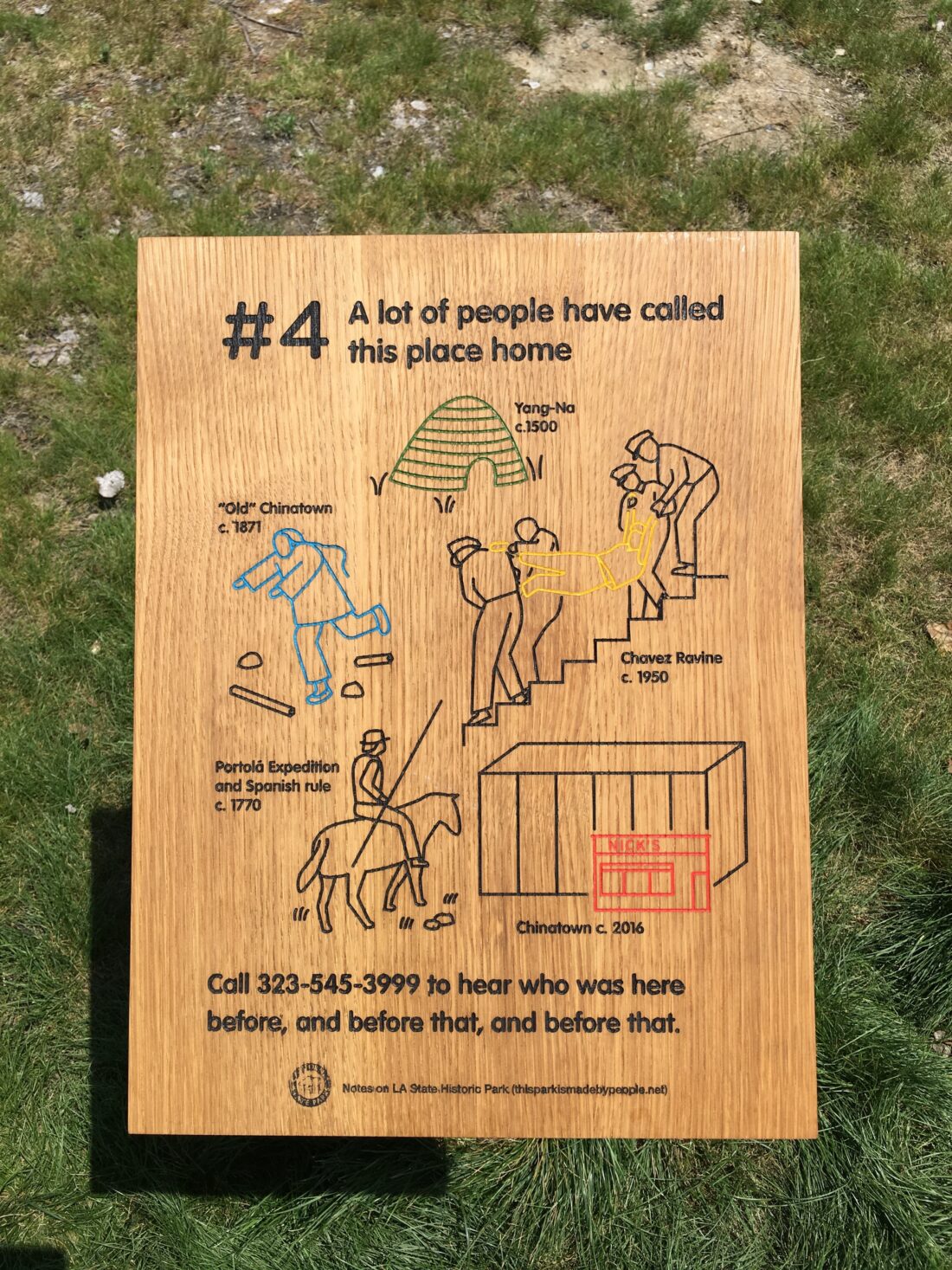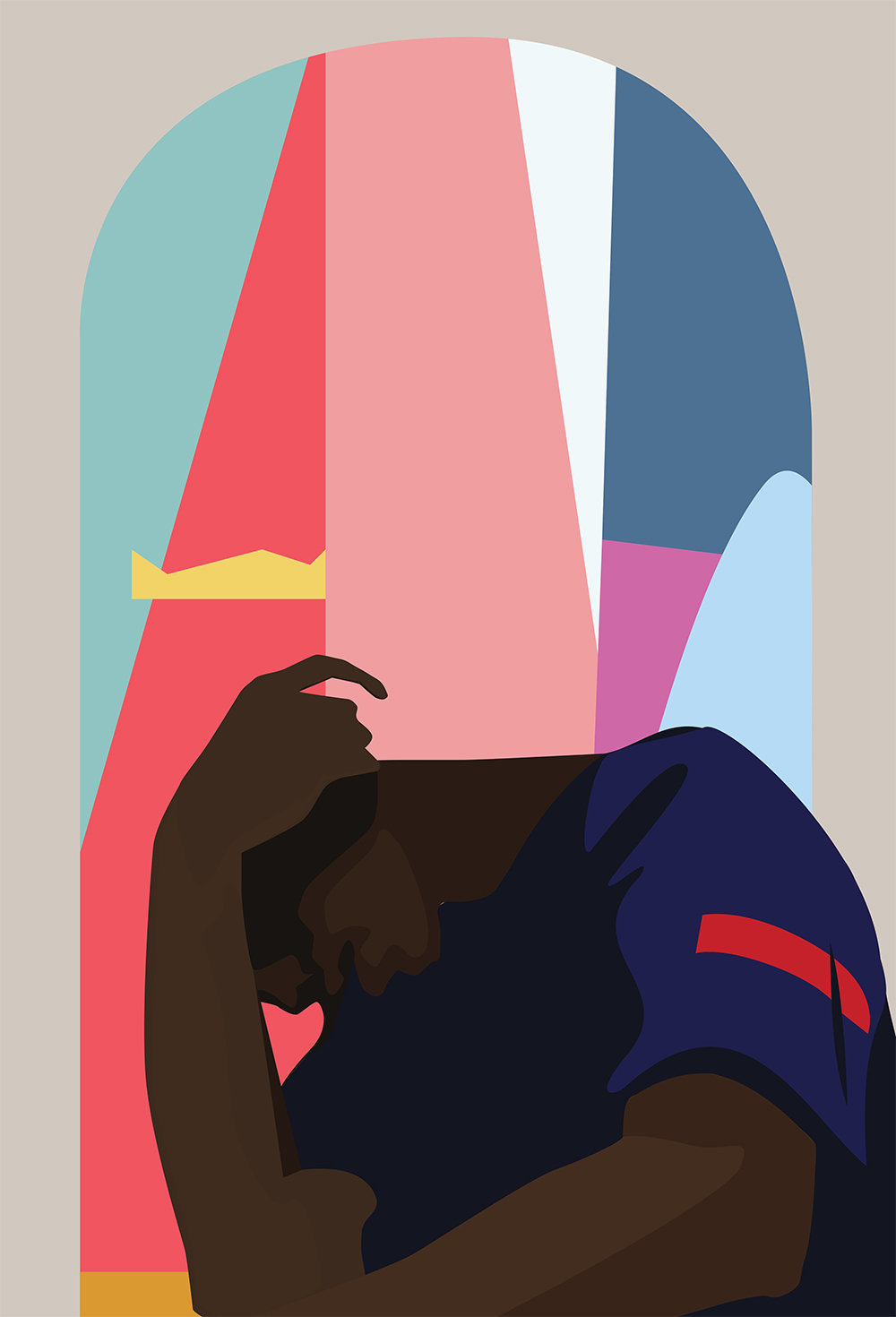Celebrating Juneteenth 2023
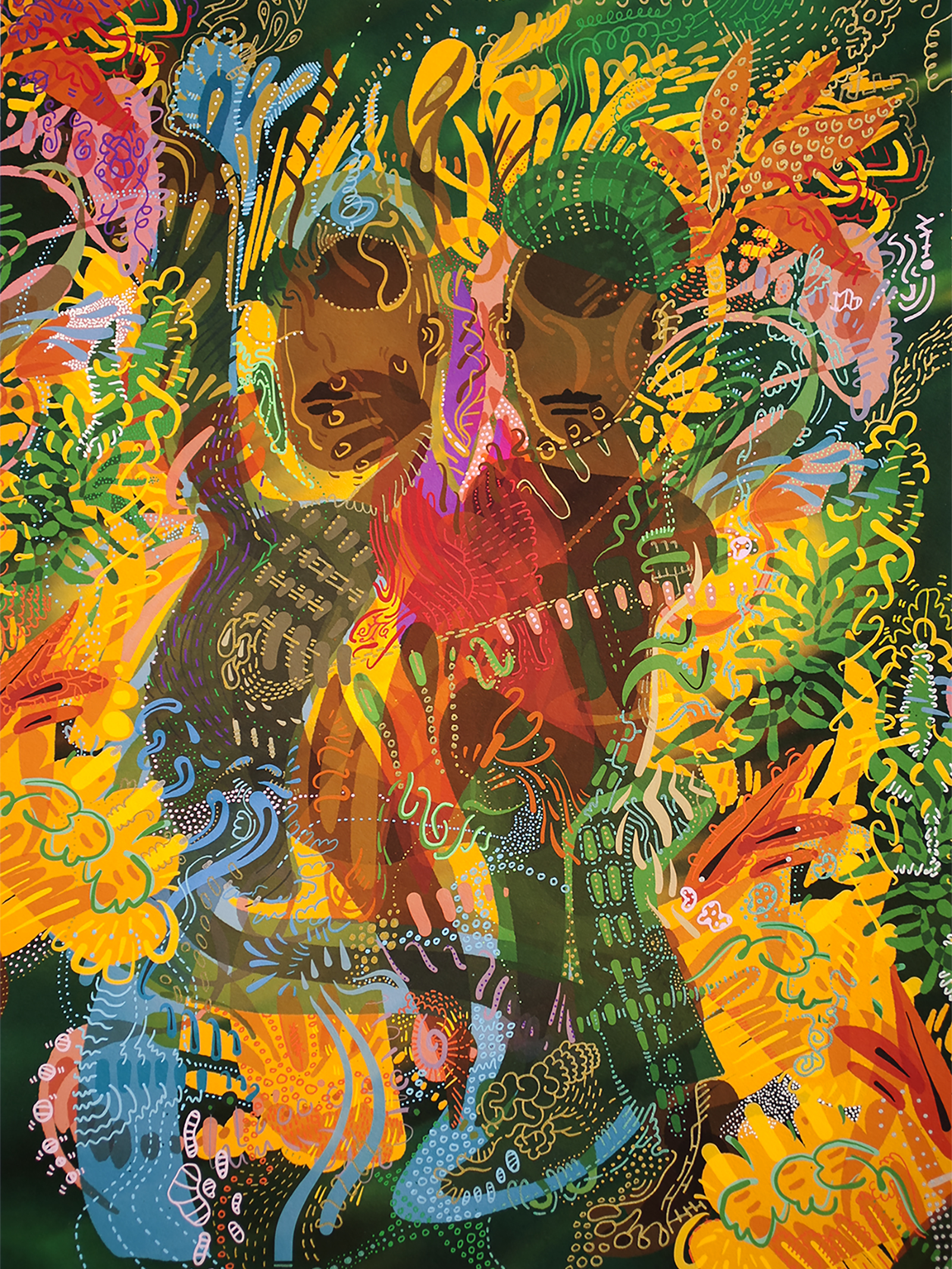
Monday, June 19 is Juneteenth, the holiday commemorating the emancipation of enslaved African Americans in the United States on June 19, 1865. Black communities have celebrated Juneteenth as a day of food, parades, and family activities long before it finally became a federal holiday last year. At 4Culture, we celebrate this holiday as an expression of our mission, vision, and values. As we work continuously to examine and eliminate race-based inequities in our work, Juneteenth gives us an opportunity to uplift Black history and culture in an authentic way.
Continue Reading ›
Monday, June 19 is Juneteenth, the holiday commemorating the emancipation of enslaved African Americans in the United States on June 19, 1865. Black communities have celebrated Juneteenth as a day of food, parades, and family activities long before it finally became a federal holiday last year. At 4Culture, we celebrate this holiday as an expression of our mission, vision, and values. As we work continuously to examine and eliminate race-based inequities in our work, Juneteenth gives us an opportunity to uplift Black history and culture in an authentic way.
This year, we have commissioned work by artist Moses Sun. 21 Chambers Illuminated: Carnival of Black Joy is now displayed in our storefront window and will be shared digitally across our social media channels. We are thrilled to have this exuberant work of art gracing our space! Sun’s artistic practice fuses hip-hop, jazz, afro-futurism, and the Black southern diaspora of his childhood into a mix of visuals that blurs the lines between digital and analog art. His interdisciplinary practice comes from the hip-hop ethos of grinding in the studio, creating multiple tracks that he remixes into afro-abstractions expressed on various surfaces, screens, assemblage, prints, plywood, and large-scale murals.
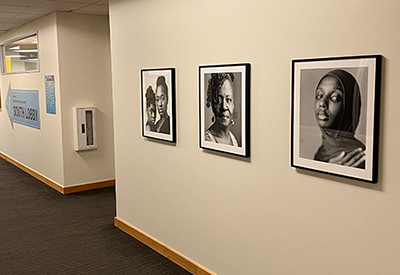 Last year, in honor of Juneteenth, our Public Art team purchased photography by artist Mia McNeal for the King County Public Art Collection. This year, these works inaugurate the Spotlight Gallery at King County’s new Customer Service Center at King Street Center. Stop by to see them!
Last year, in honor of Juneteenth, our Public Art team purchased photography by artist Mia McNeal for the King County Public Art Collection. This year, these works inaugurate the Spotlight Gallery at King County’s new Customer Service Center at King Street Center. Stop by to see them!
Lastly, to help you celebrate, we’ve pulled together of Juneteenth activities happening throughout King County:
Juneteenth at NAAM
June 17–19, check schedule for times
Northwest African American Museum, Seattle
Renton City Concert Band Juneteenth Celebration
June 11, 2:00 pm
IKEA Performing Arts Center, Renton
Second Annual Juneteenth Royal Ball
June 16, 7:00–11:00 pm
Renton Pavilion Events Center
Africatown Summer of Soul
June 19, 12:00–8:00 pm
Jimi Hendrix Park, Seattle
Atlantic Street Center 22nd Annual Juneteenth Celebration
Saturday, June 17, 11:00 am–3:00 pm
Rainier Beach Community Center, Seattle
It Takes a Village Juneteenth Community Fest
June 24, 11:00 am–6:00 pm
Othello Park, Seattle
Songs of Black Folk 2023: Music of Resistance and Hope
June 18, 7:00 pm
Paramount Theatre, Seattle
Linda Sweezer Memorial Juneteenth Celebration and Festival
June 17, 10:00 am–5:00 pm
Morrill Meadows Park YMCA, Kent
City of Auburn Juneteenth Celebration: Celebrating Black Fathers
June 18, 10:00 am–5:00 pm
Les Gove Park, Auburn
Shorelake Arts Concerts in the Park: P.I E.Pruitt and Maureese Itson Band
June 19, 6:00 pm
Shoreline City Hall Plaza
Reclaiming Our Greatness: Juneteenth Celebration
June 25, 12:00–5:00 pm
Liberty Park, Renton
Celebrate Juneteenth
June 10, 2:00–5:00 pm
KCLS Federal Way Branch
SilverKite Community Arts: Celebrating Juneteenth
June 21, 1:00–2:30 pm
Online event
Juneteenth in Tukwila
June 17, 2:00–4:00 pm
Sullivan Center, Tukwila
Federal Way Black Collective: Annual Juneteenth Cookout
June 11, 1:00–5:00 pm
Town Square Park, Renton
Juneteenth Emancipation Day: Celebrate Freedom
June 19, 10:00–11:00 am
ILWU Local 19 Hall to Terminal 46 main truck entrance, Seattle
Juneteenth Celebration at Global Grub and Groove
June 16, 6:00–8:00 pm
Village Green Park, Issaquah
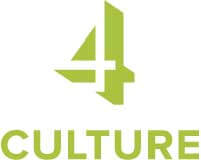
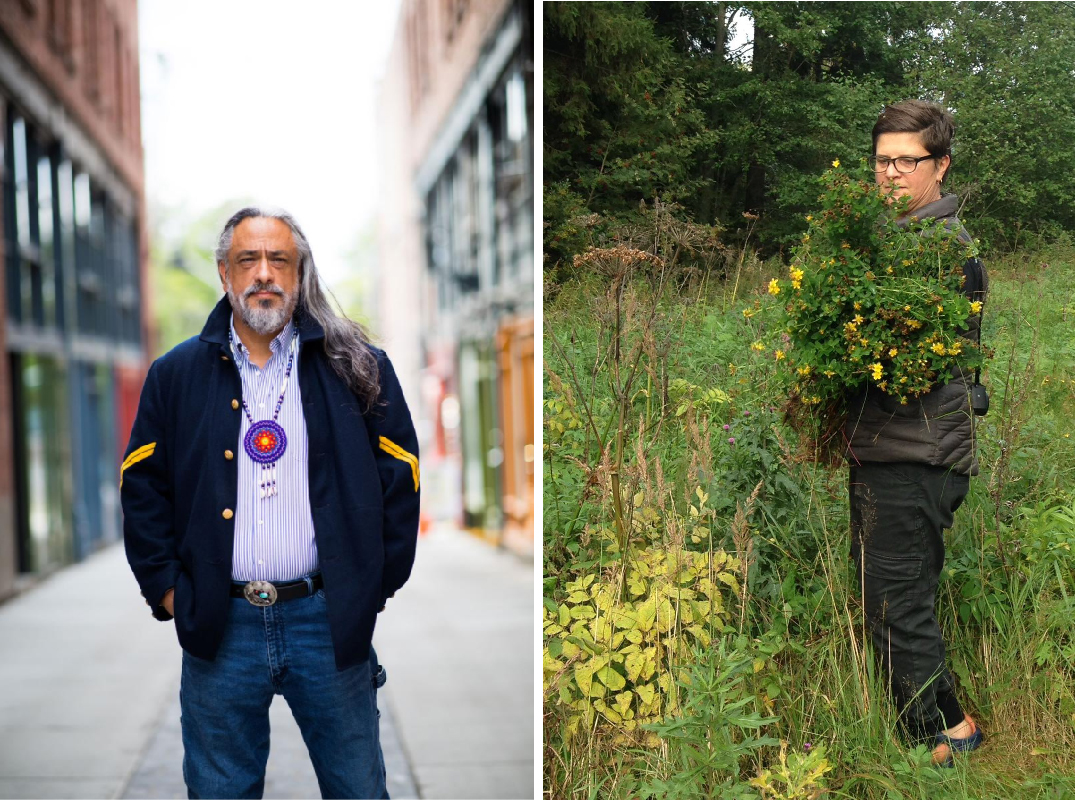

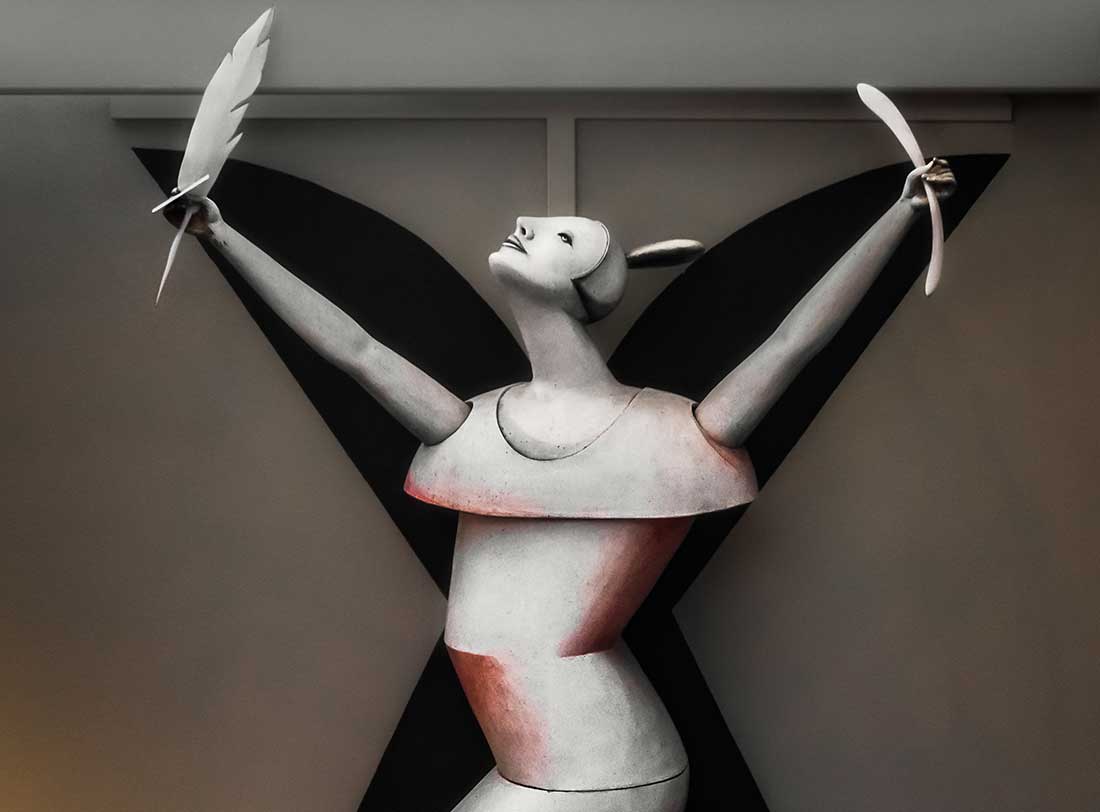
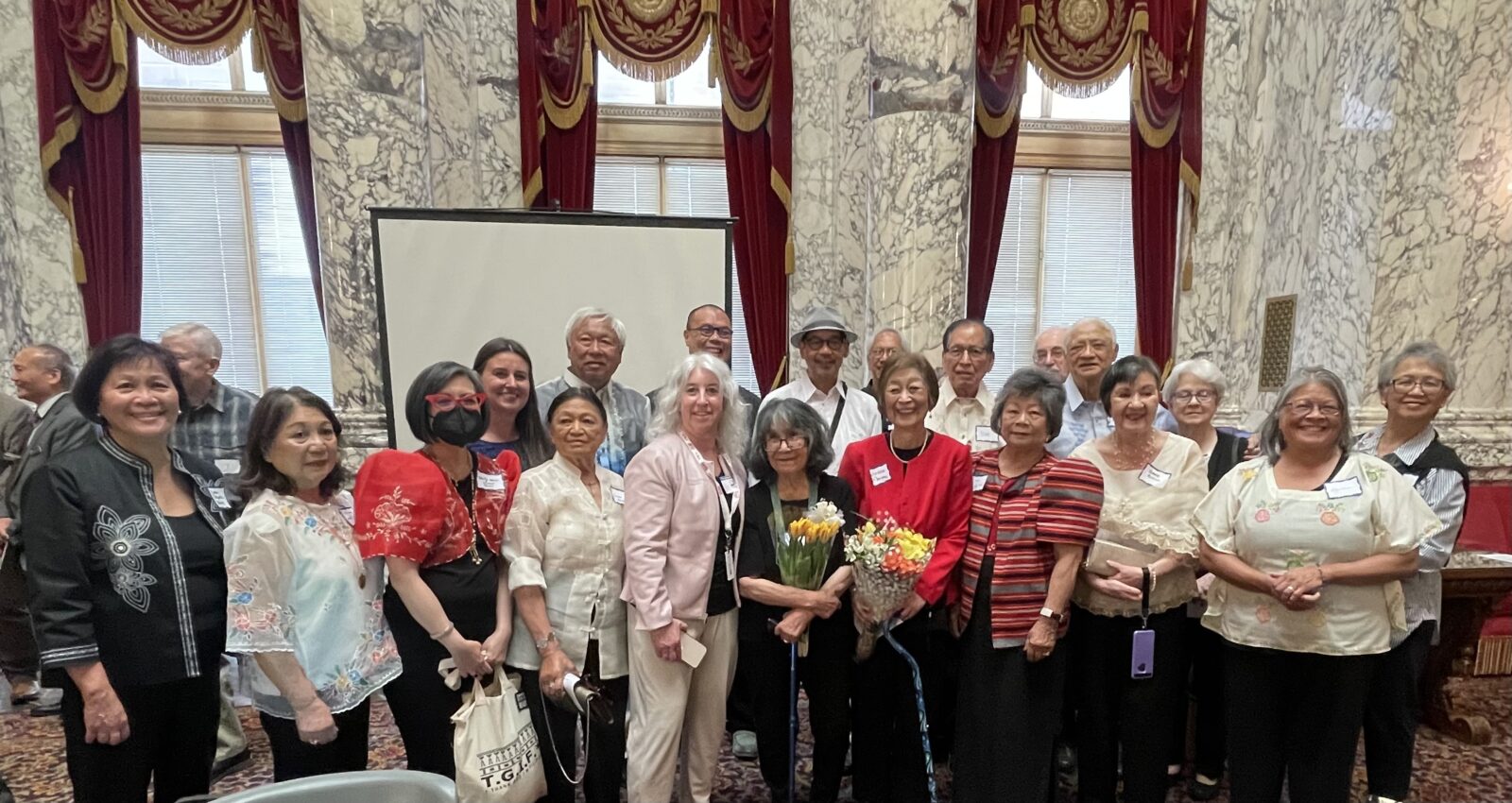
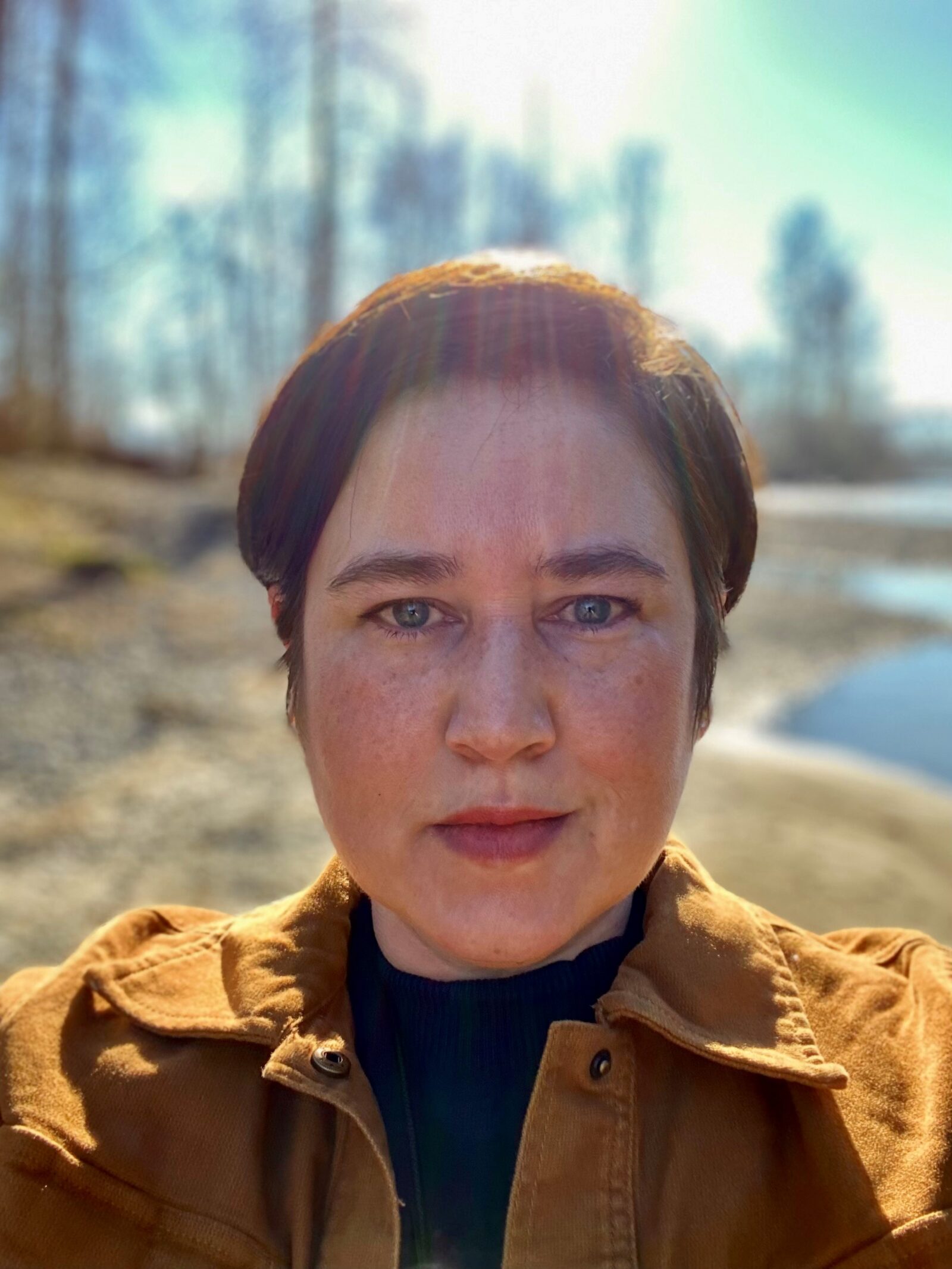
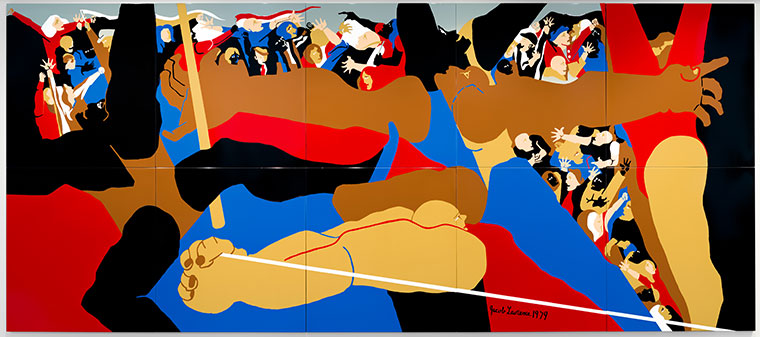
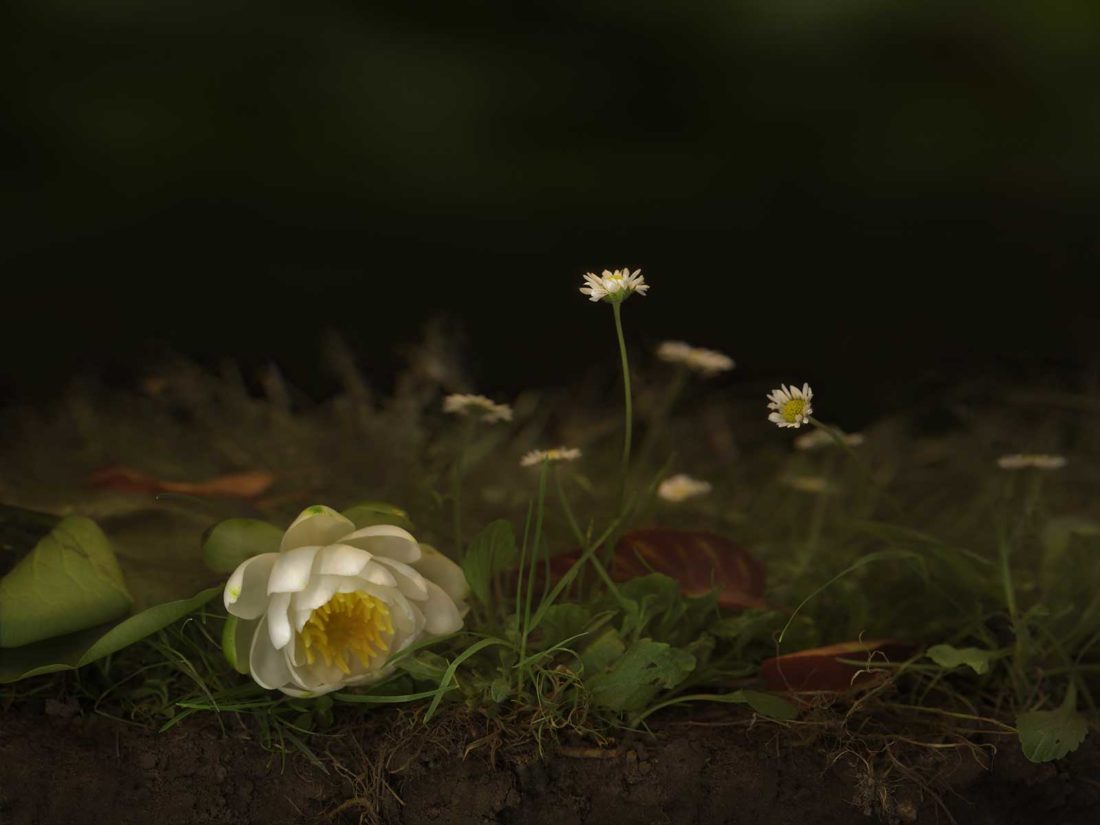
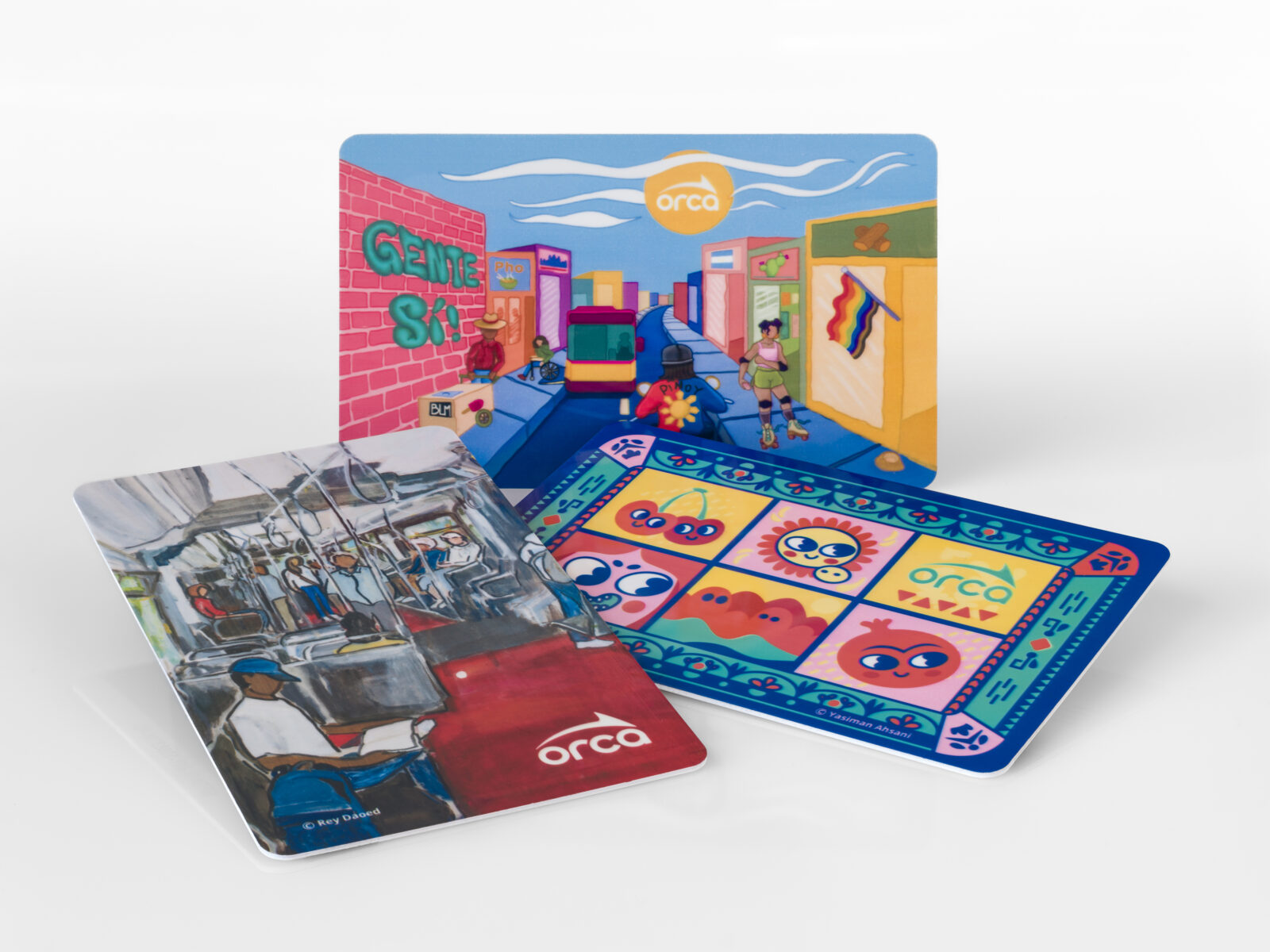
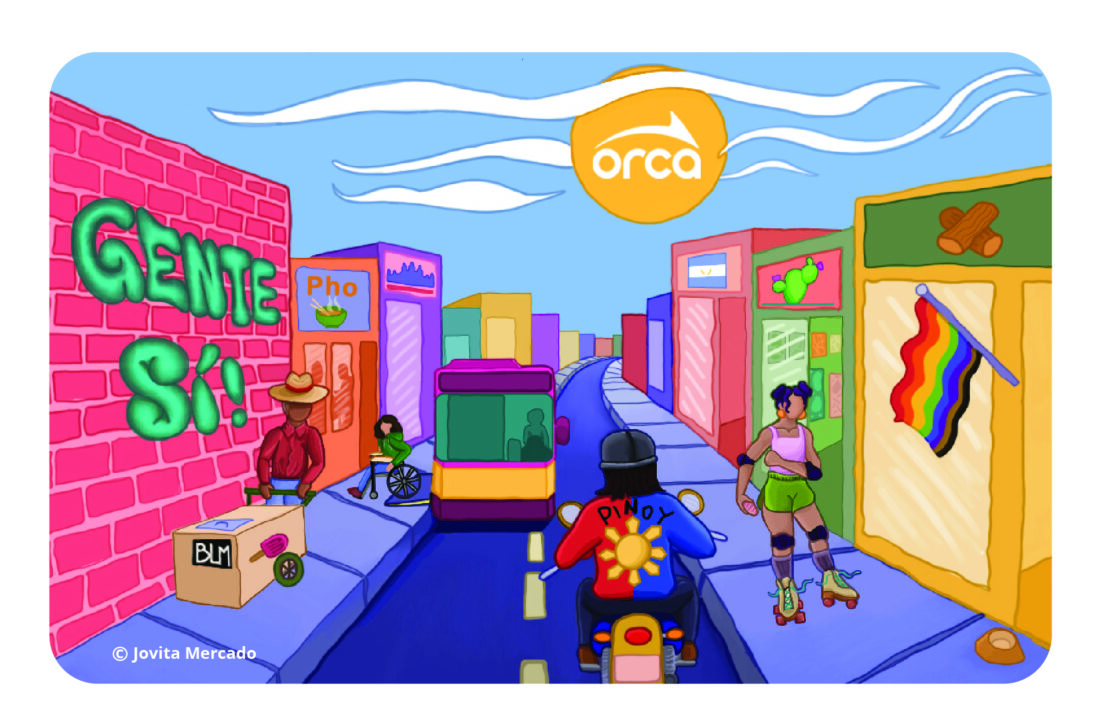
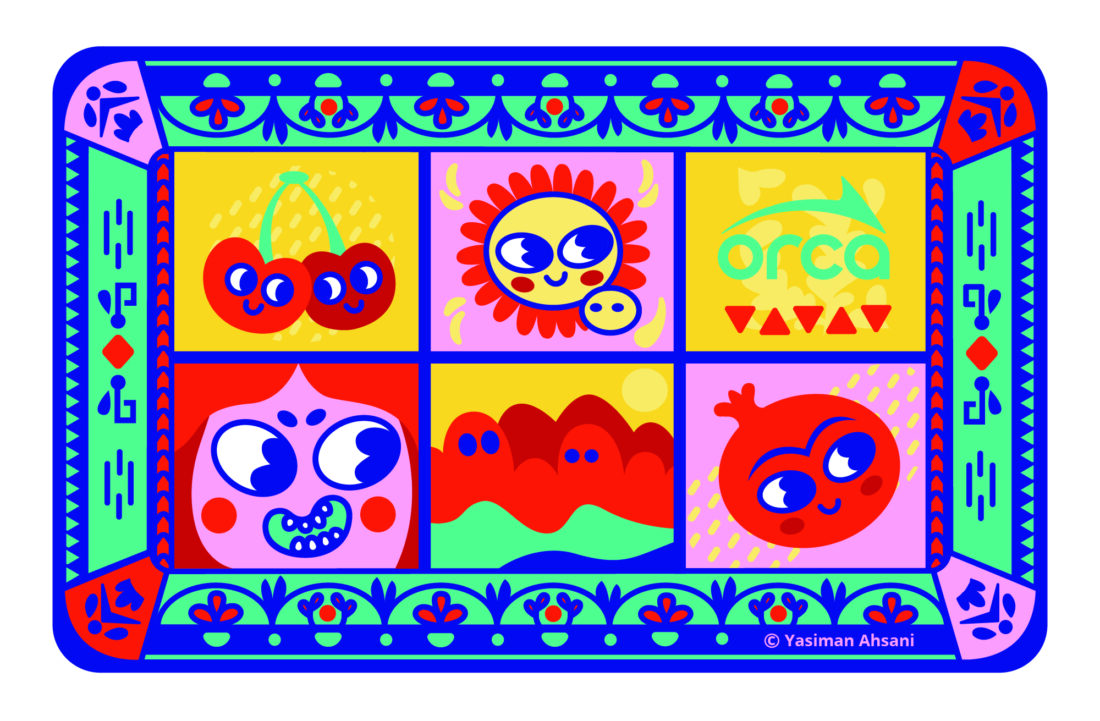
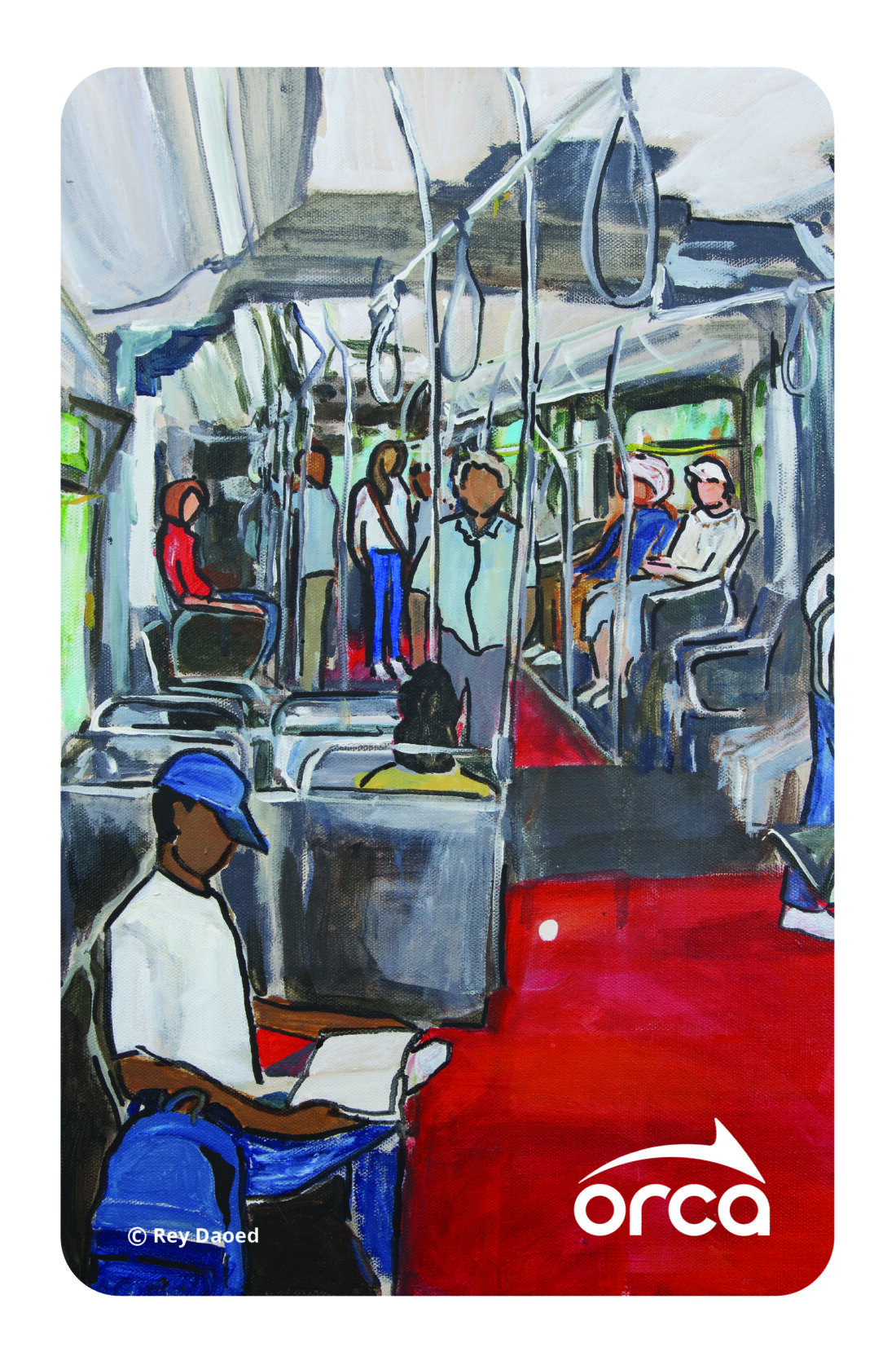
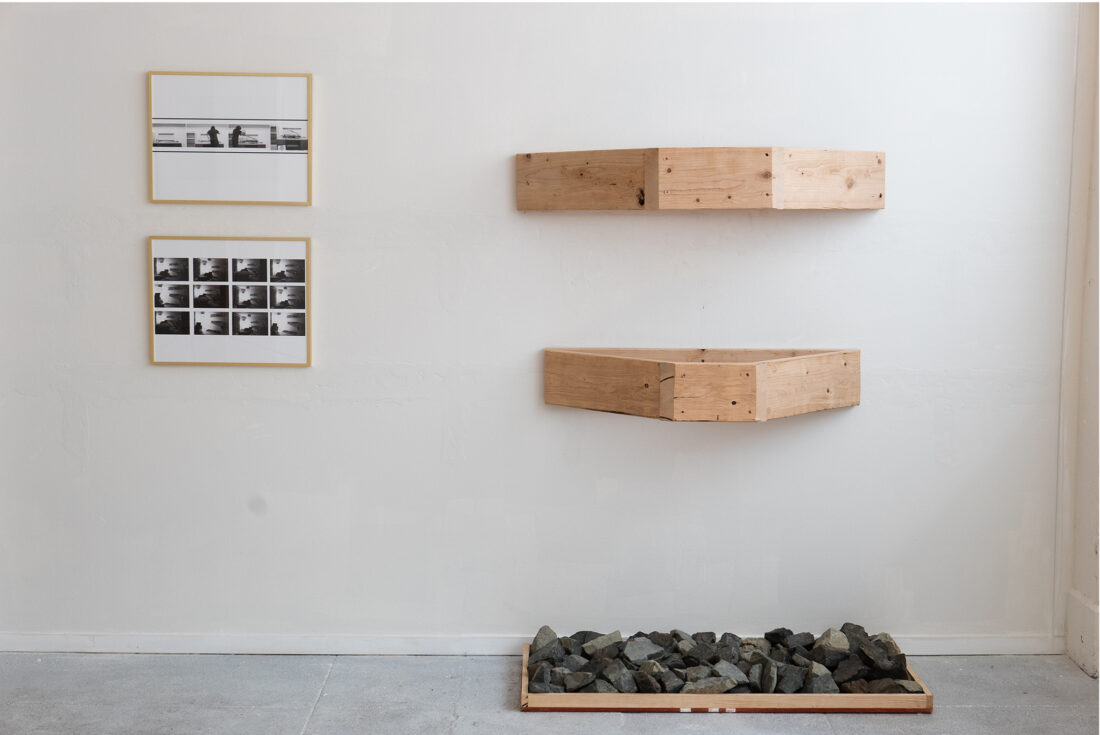
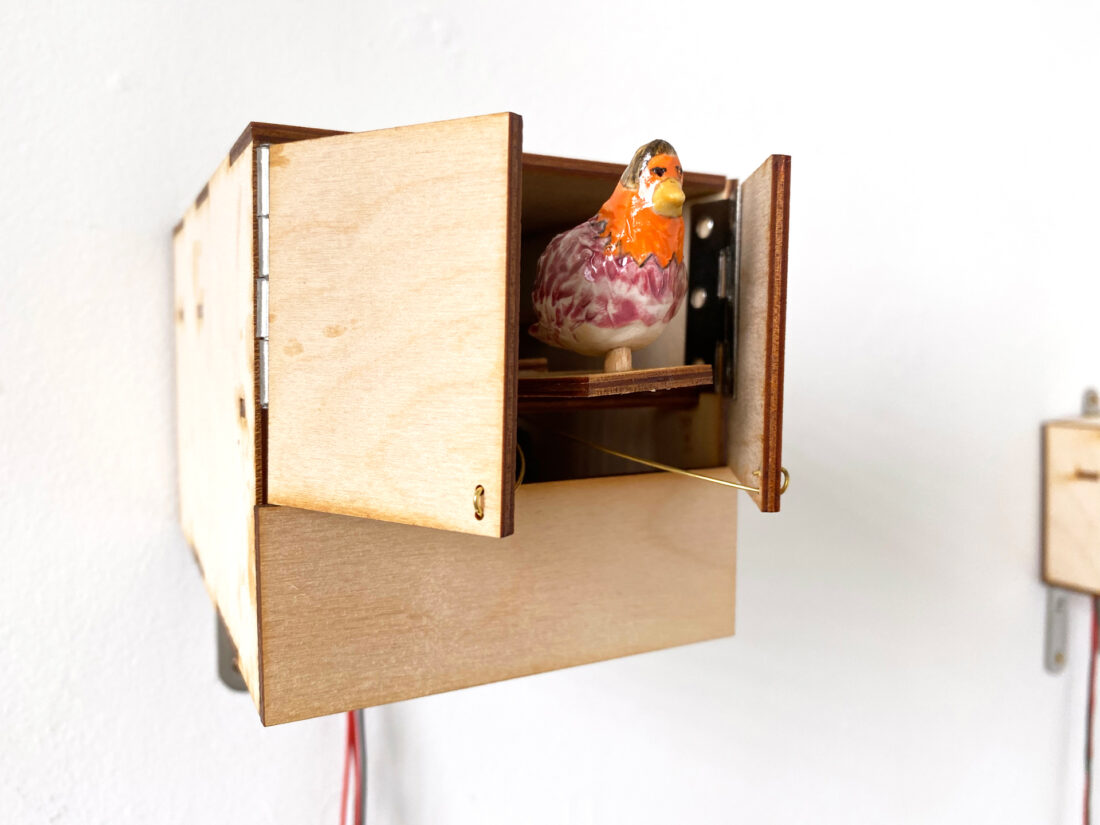
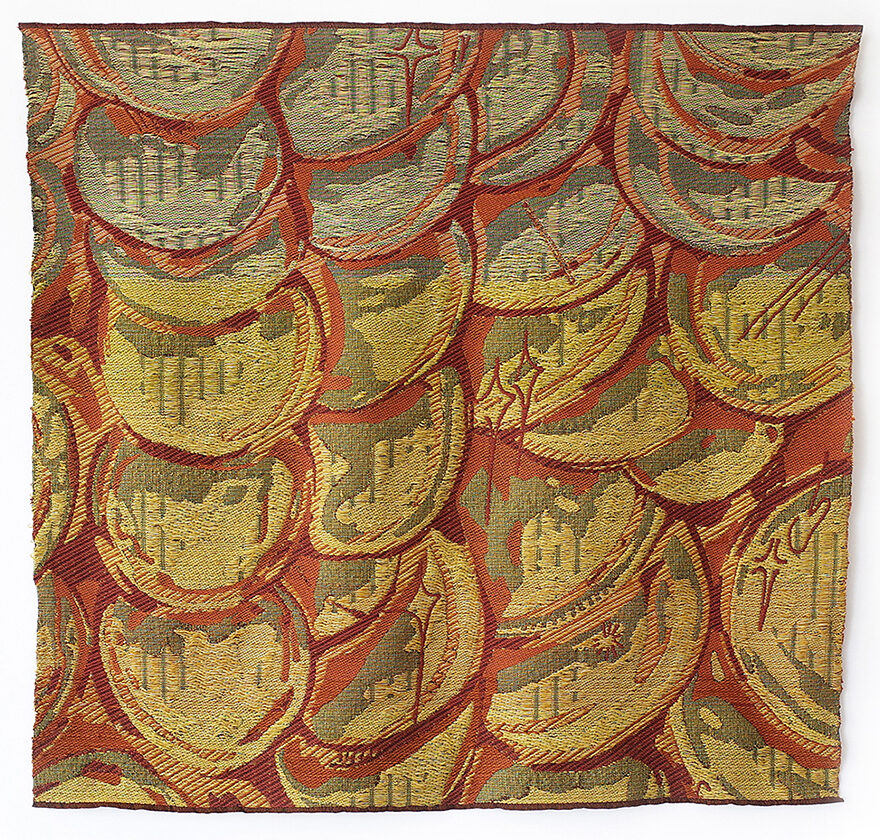
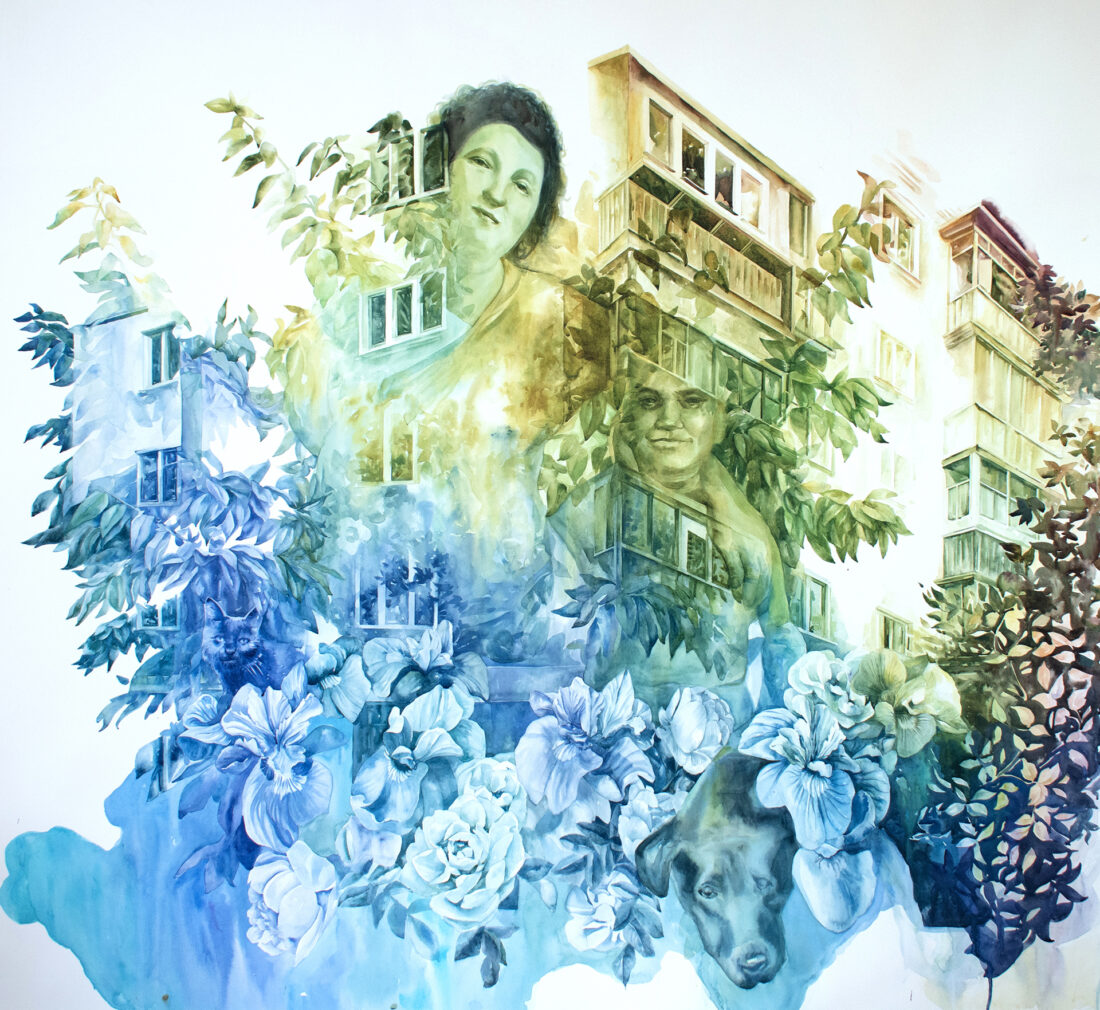
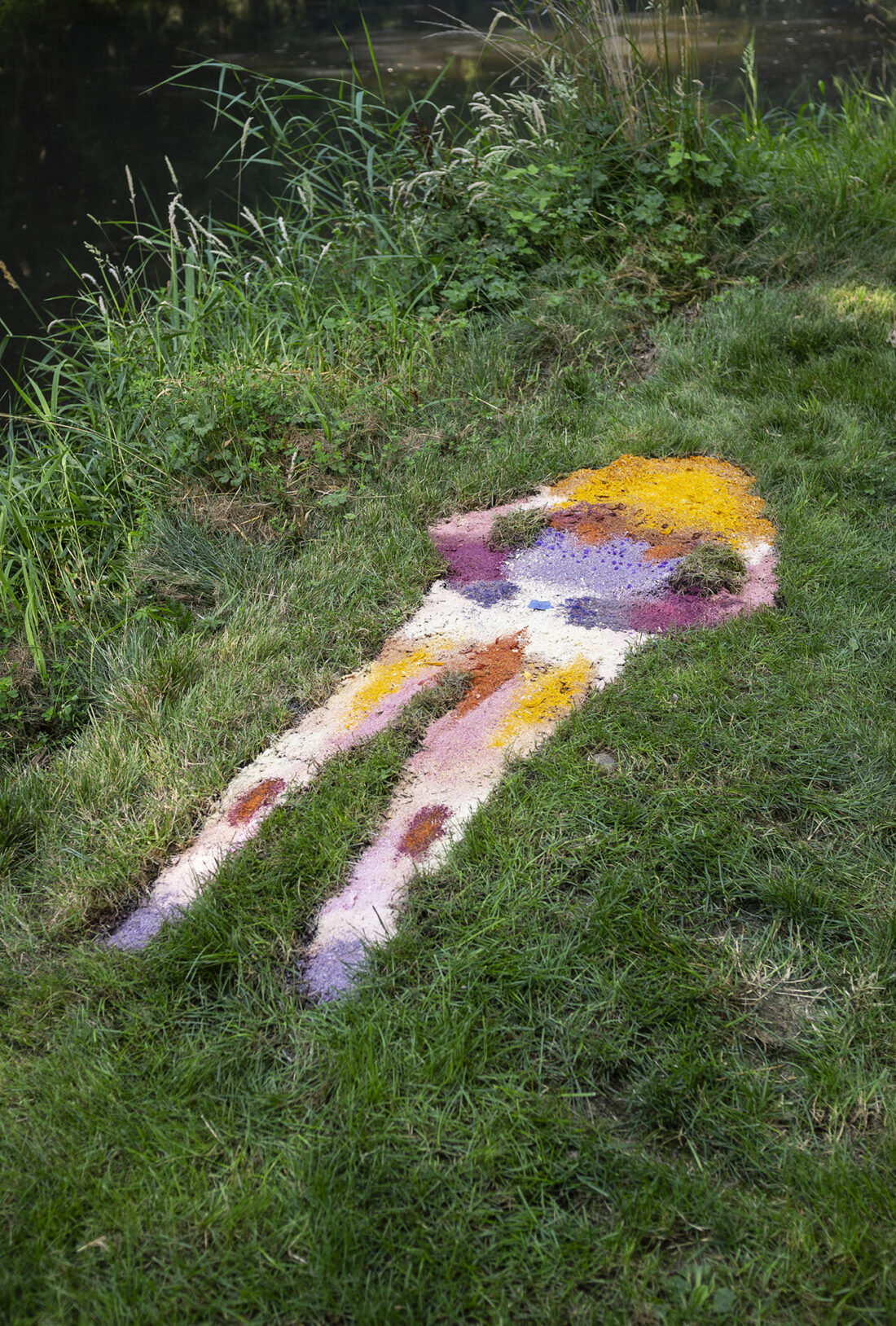
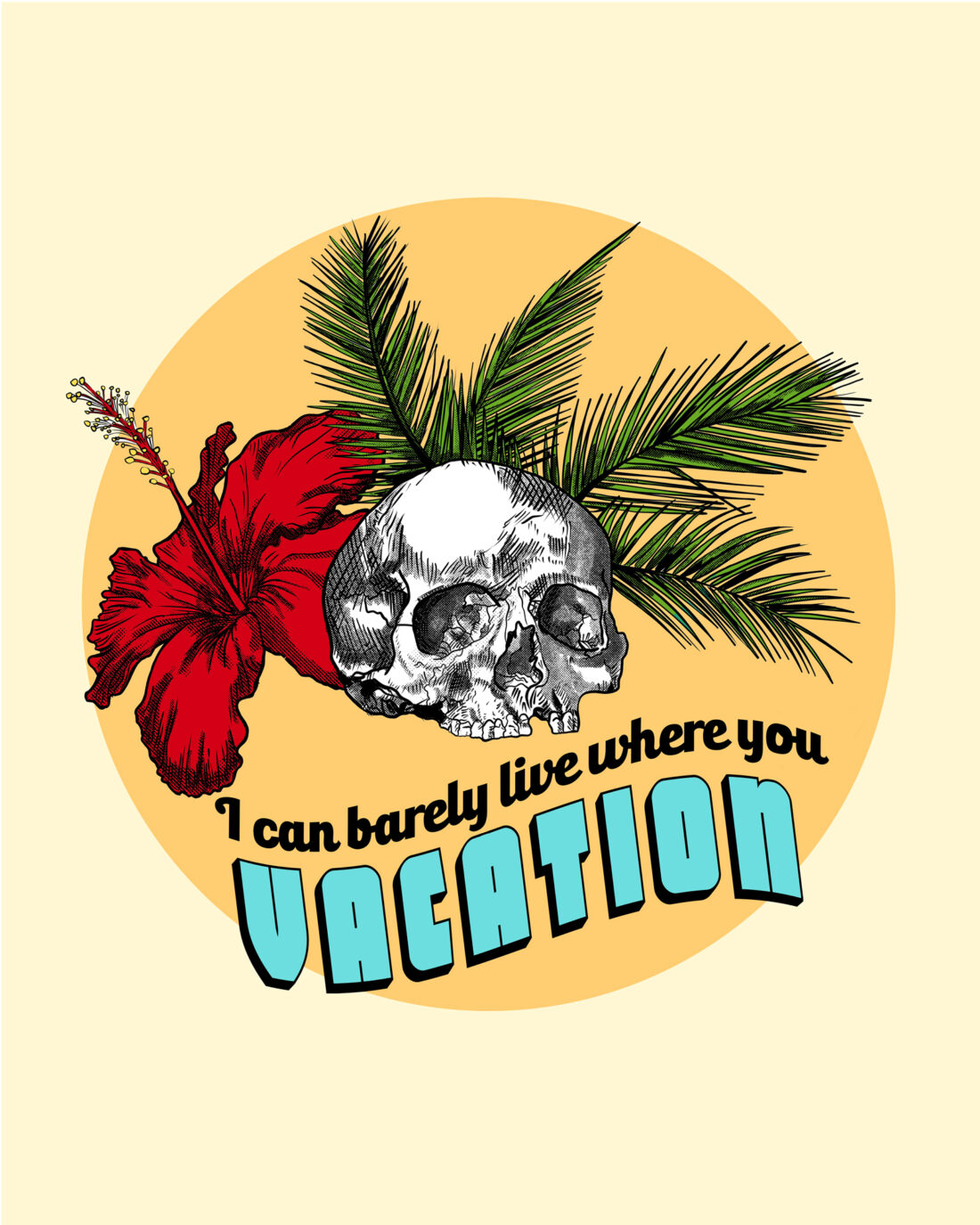
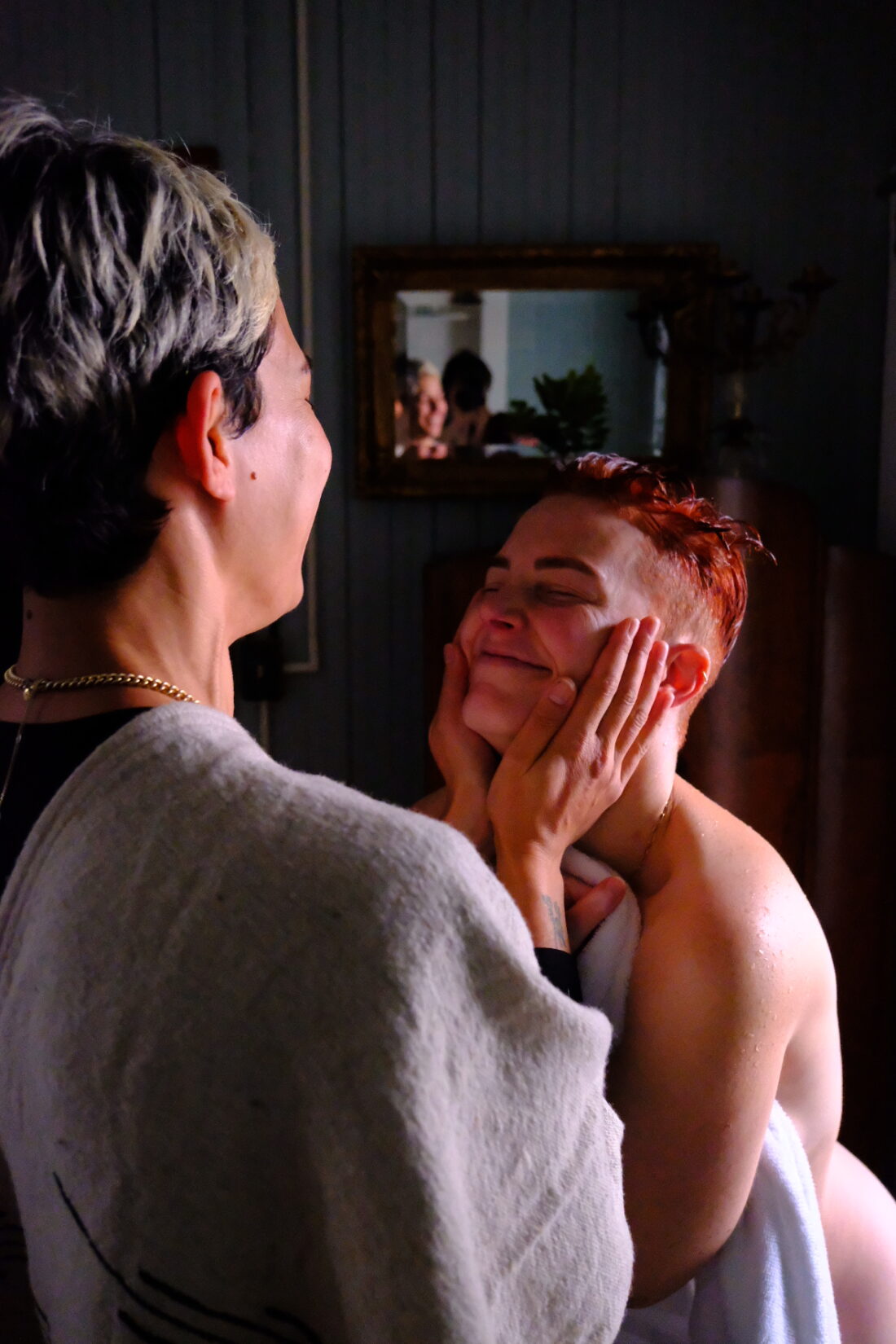
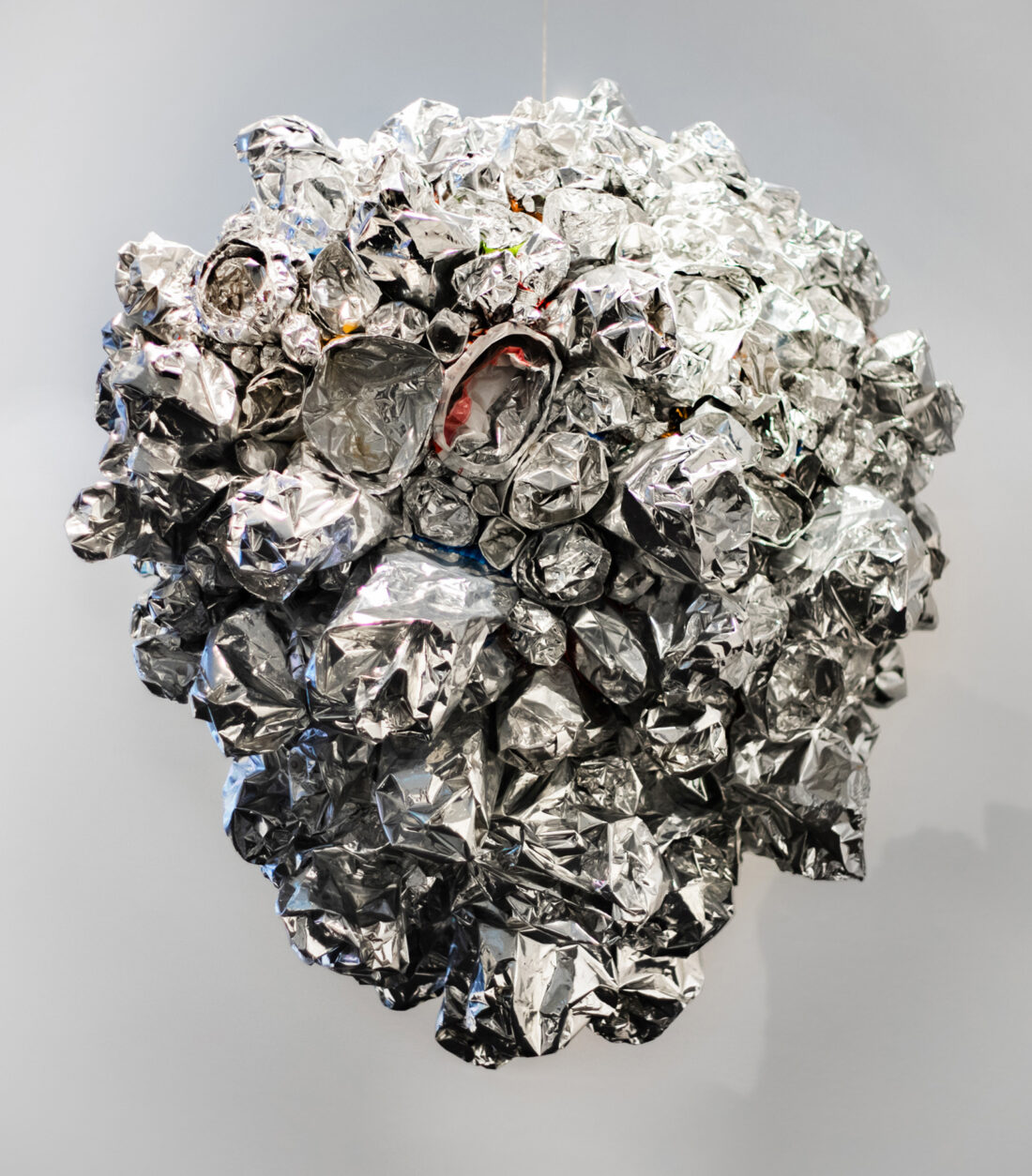
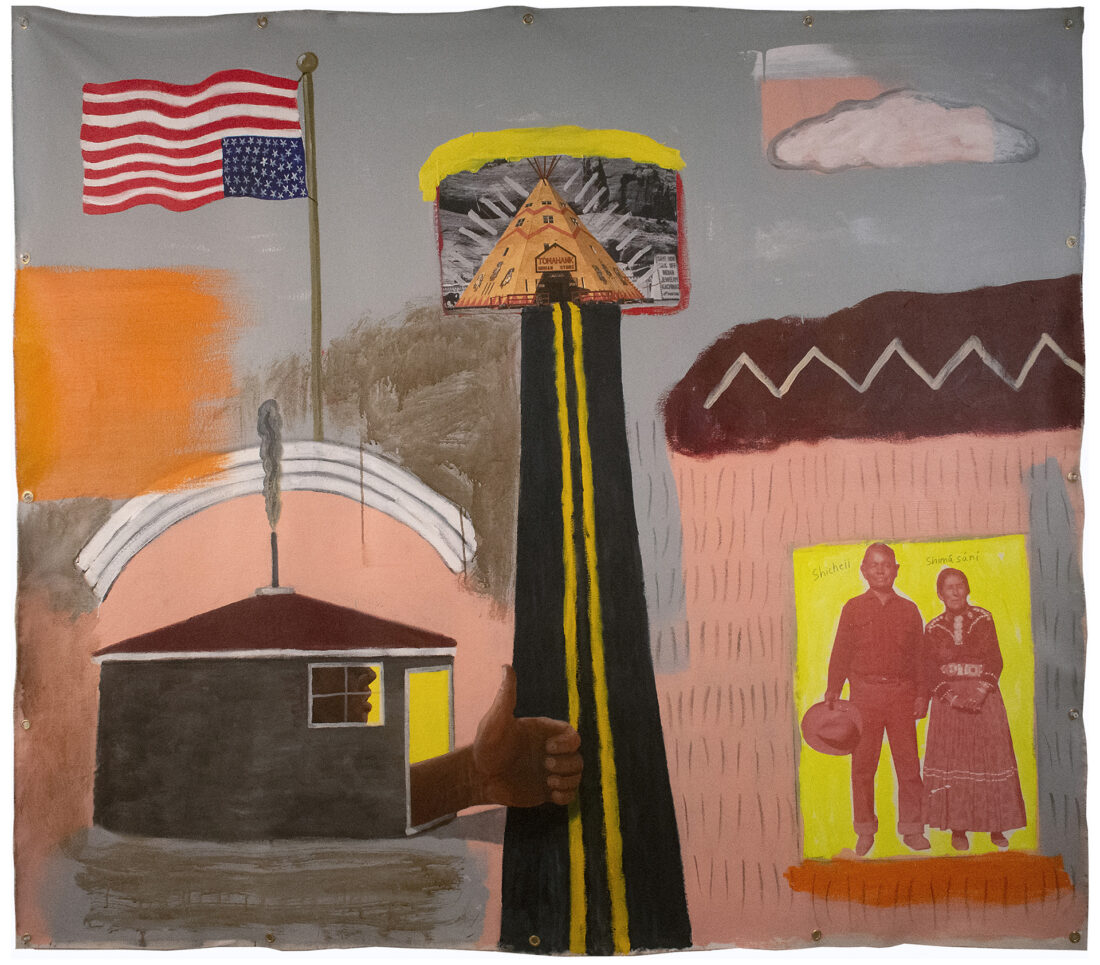
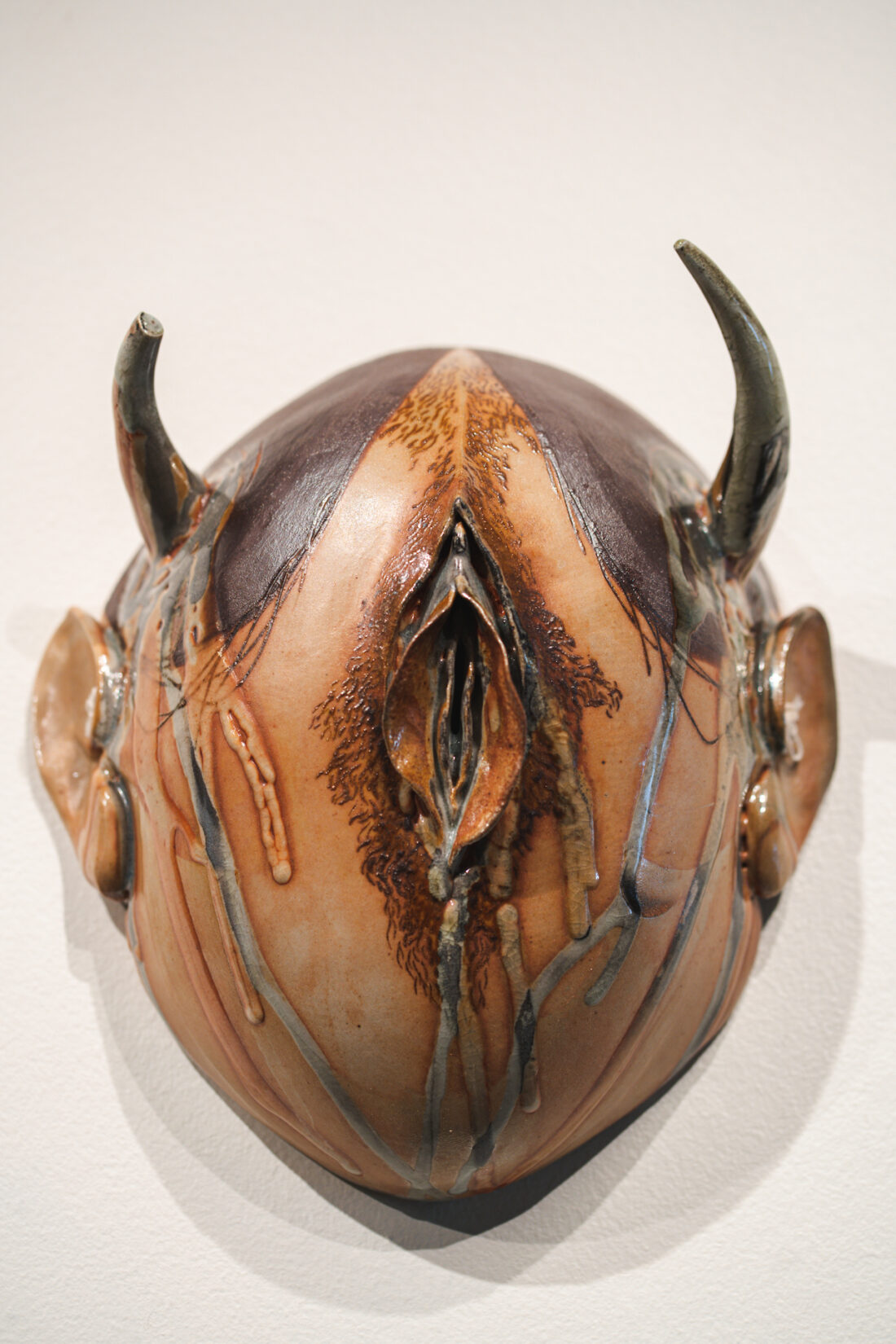
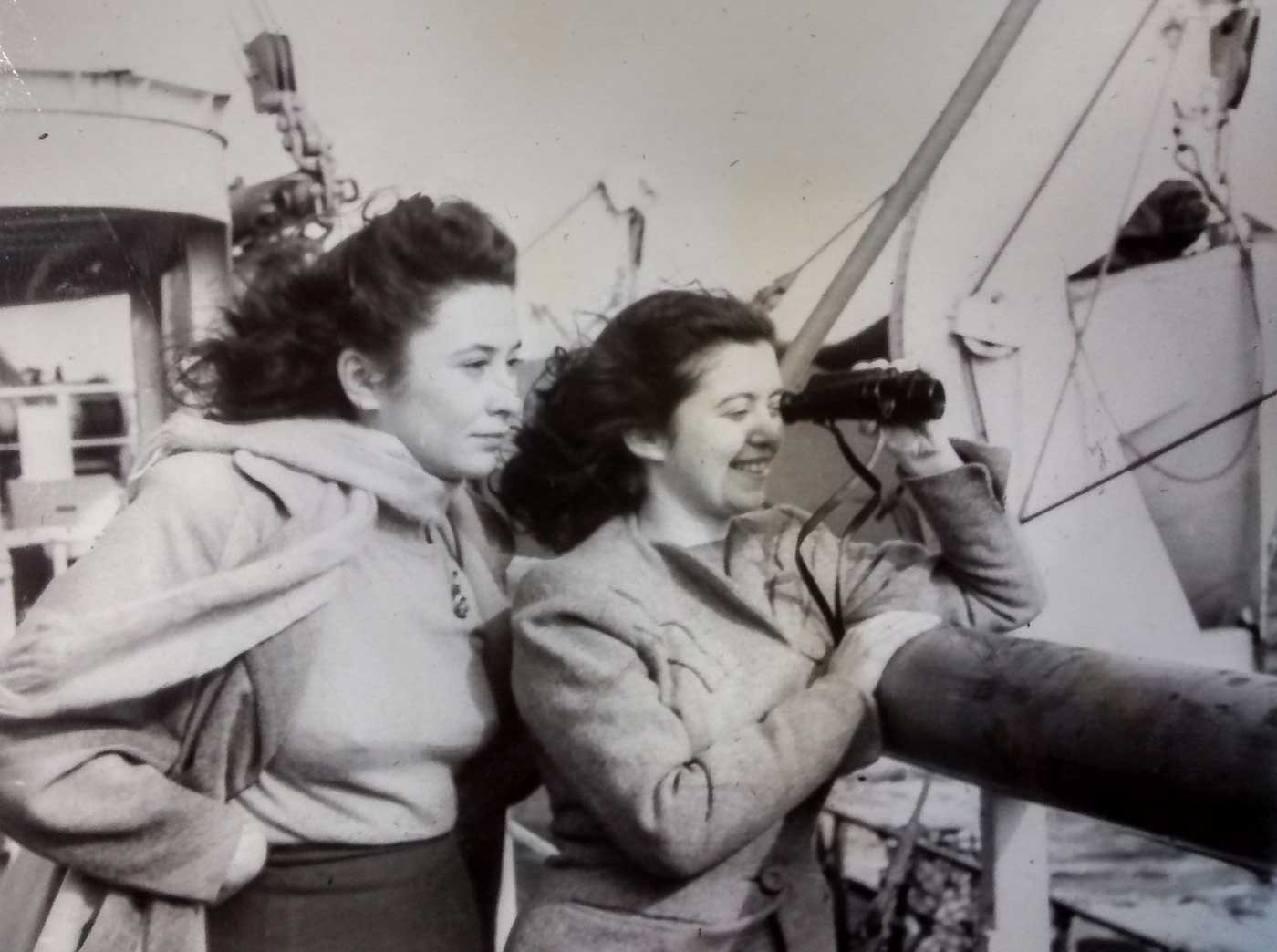
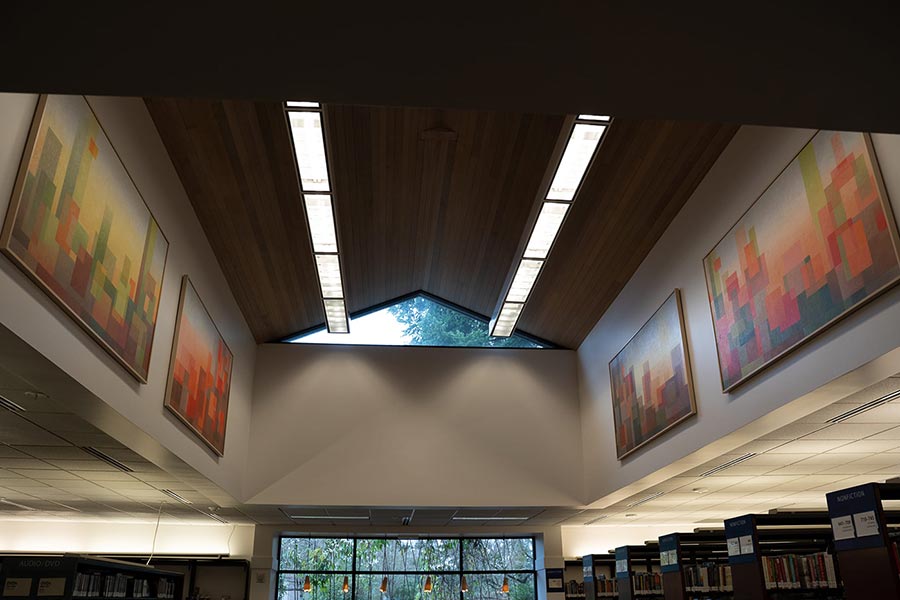
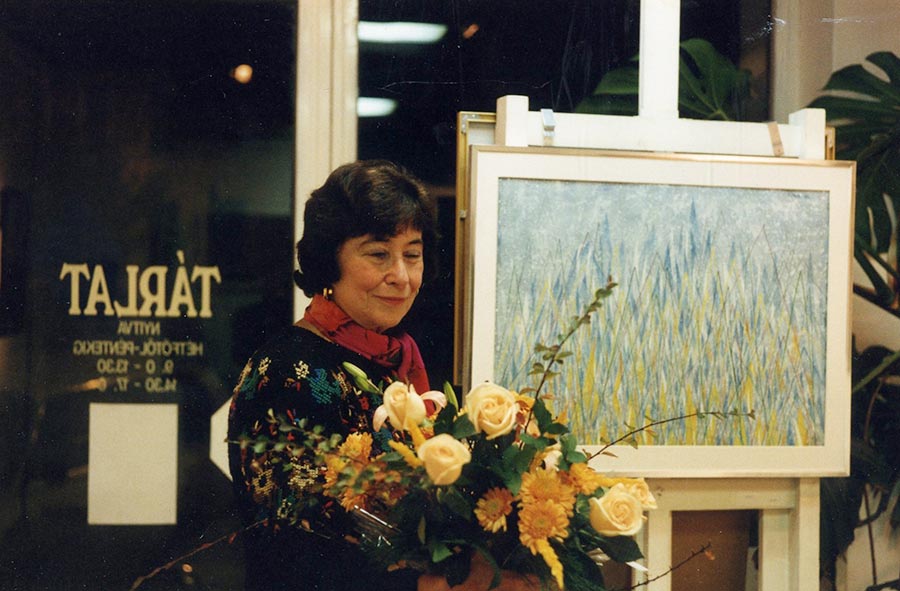
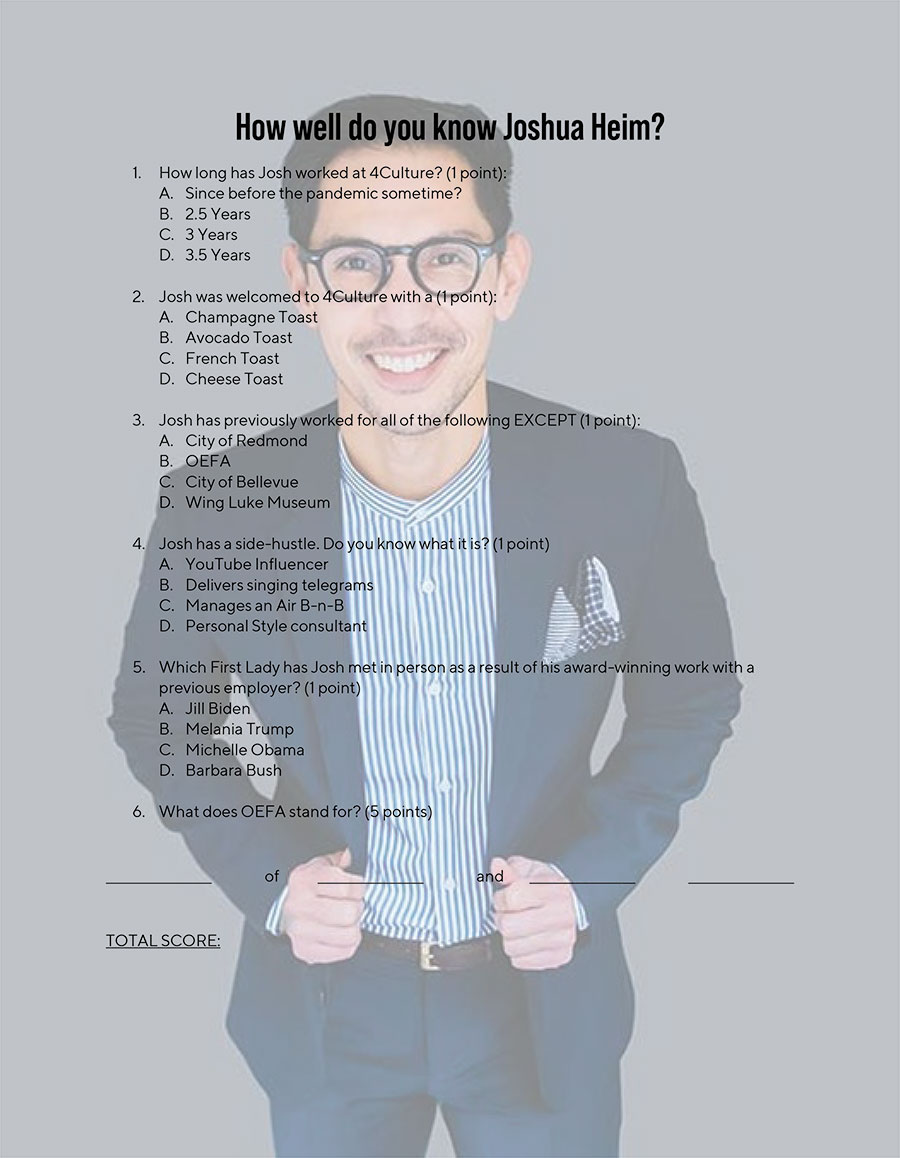
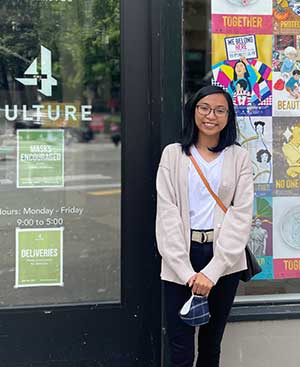 About Danele
About Danele